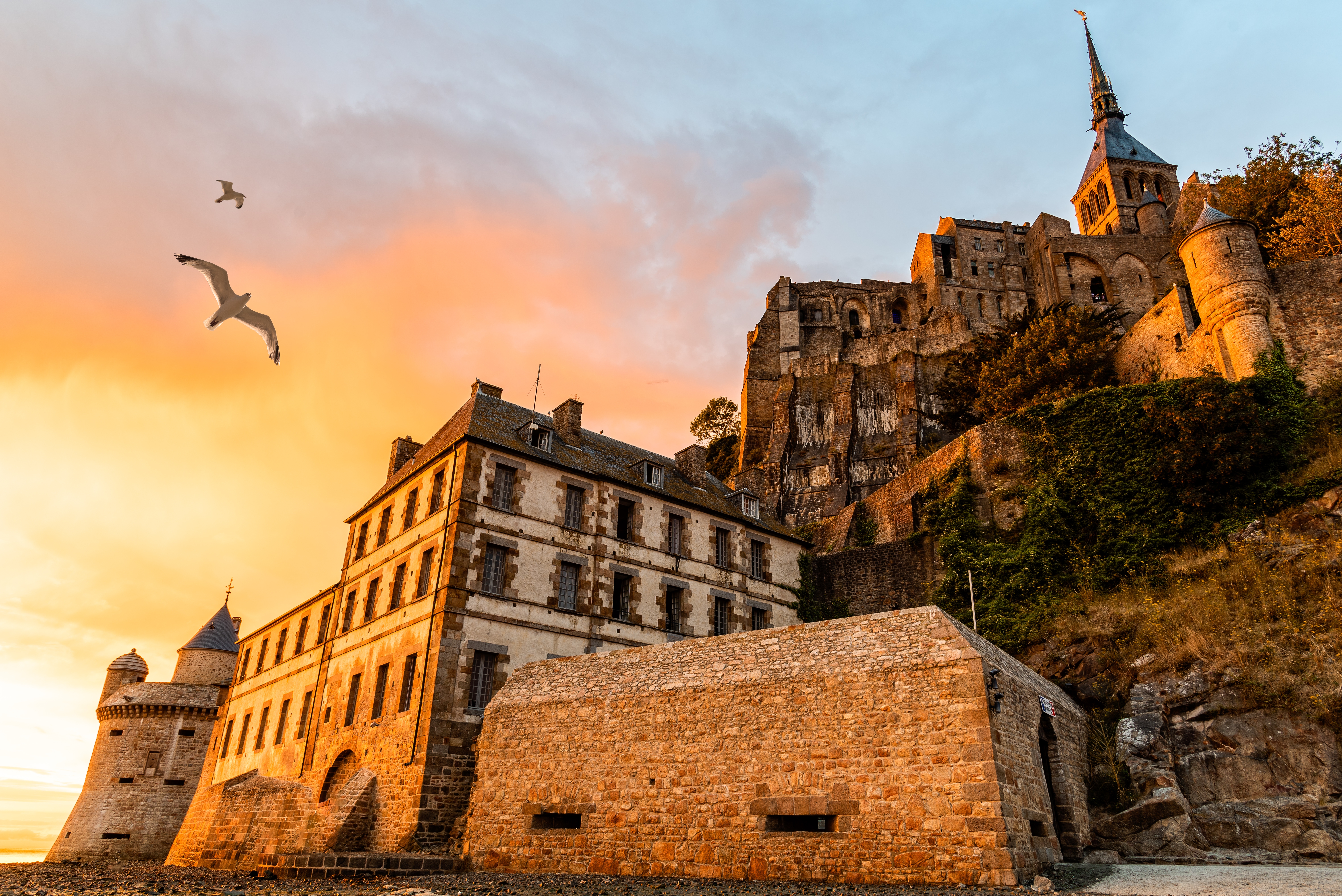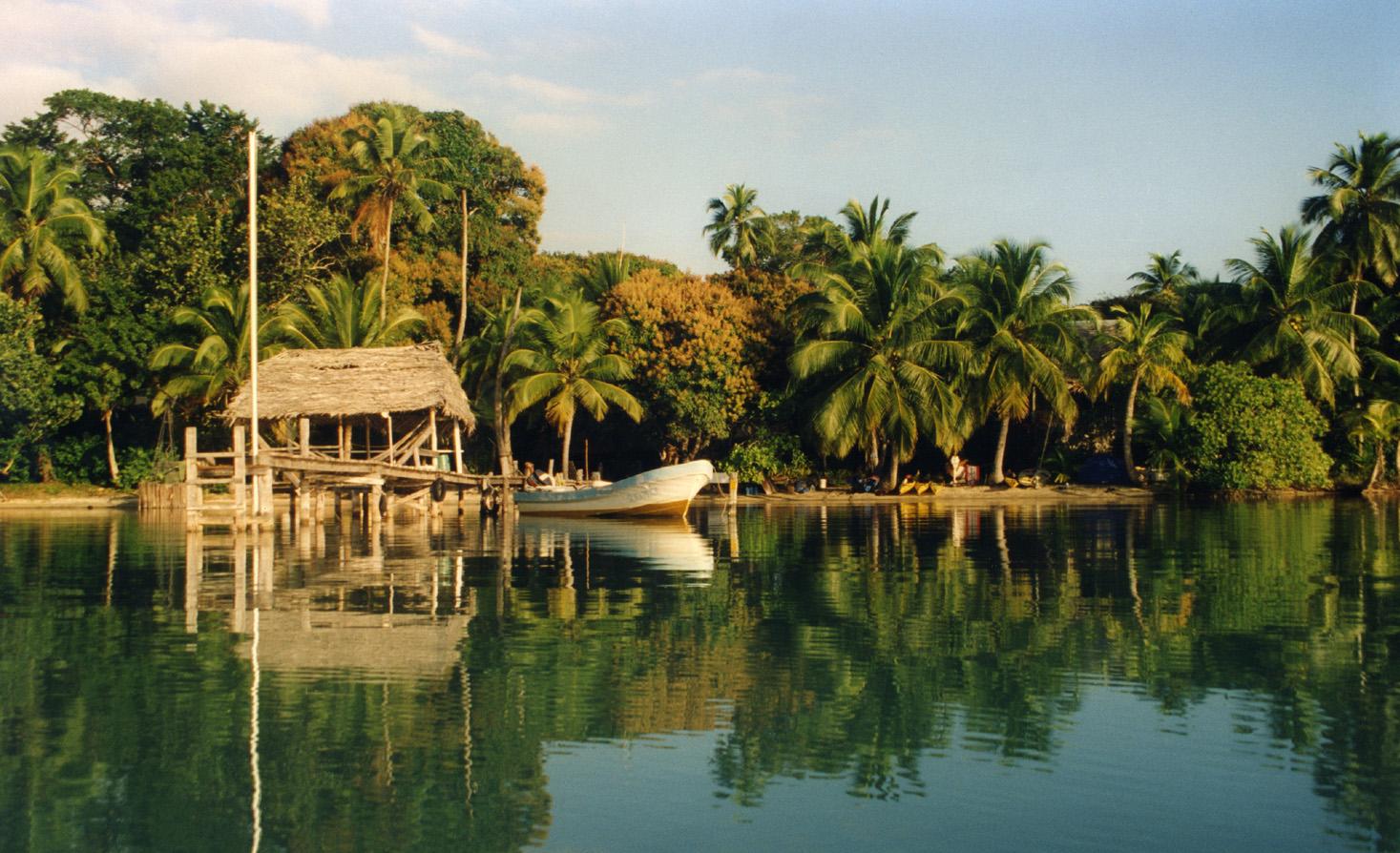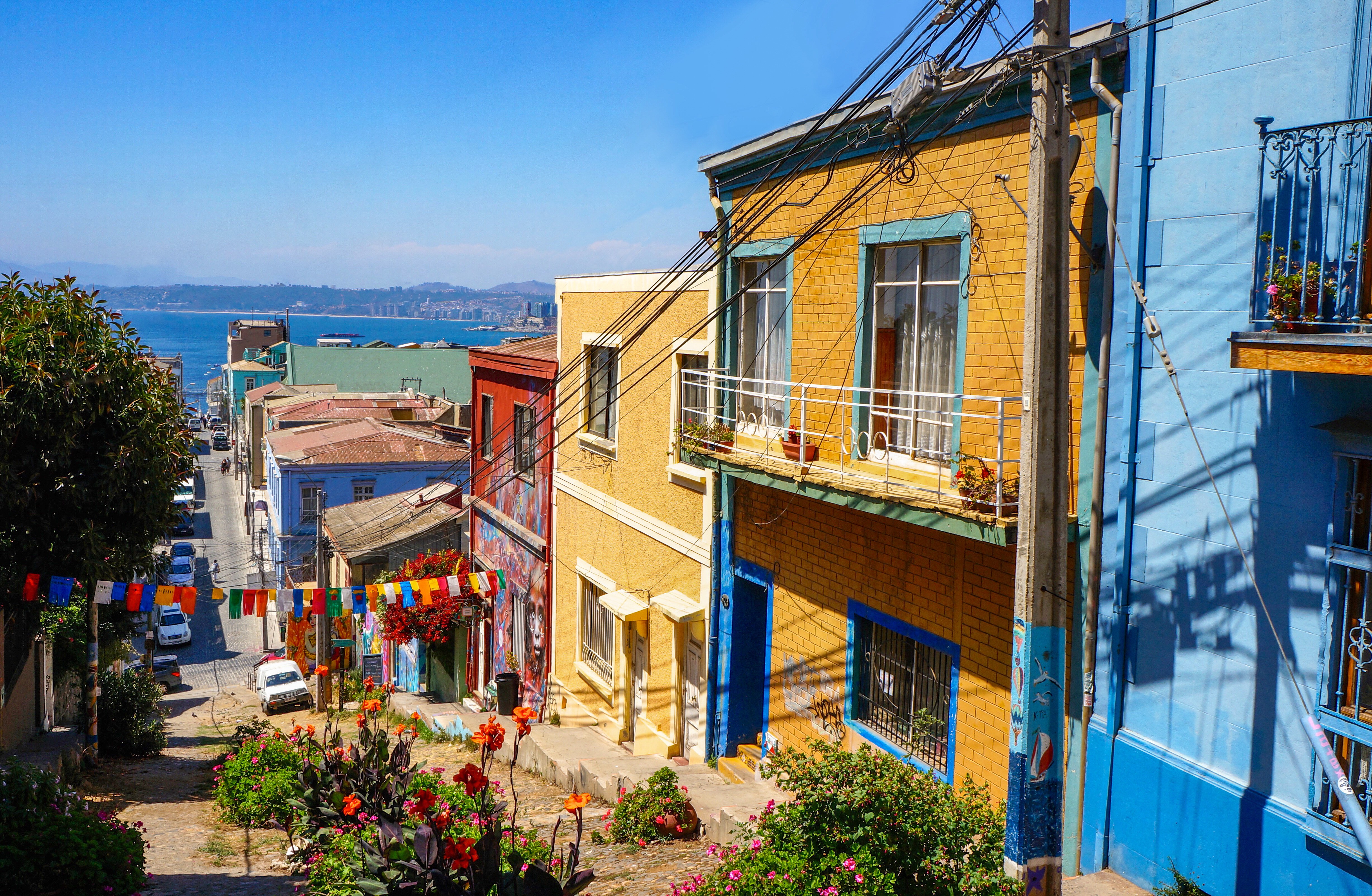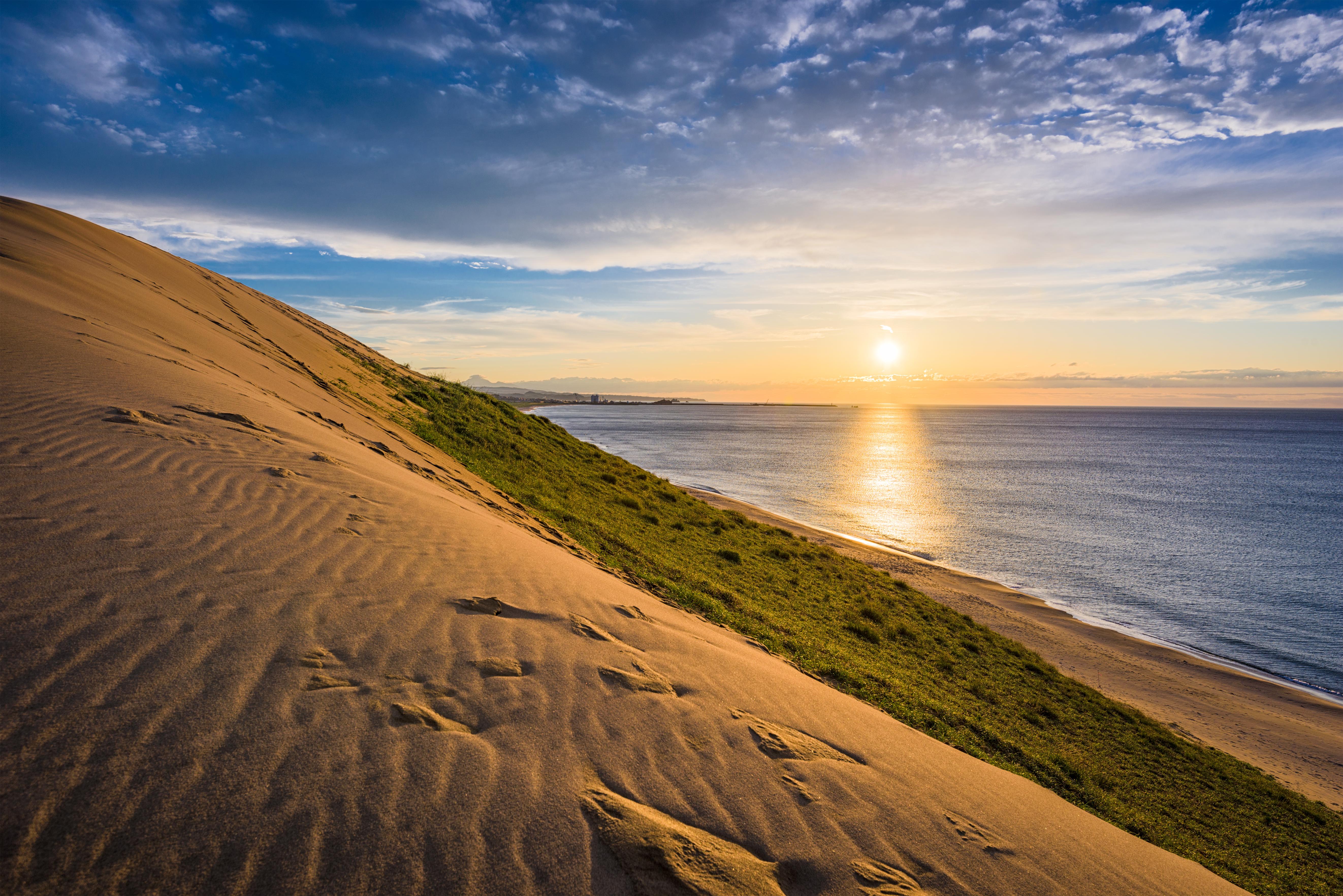Beautiful but Underrated Cities to Visit Before They Become Tourist Hotspots
Let the influencers chase crowds—you’re after something real. The world is full of cities that haven’t yet made it onto souvenir mugs or overexposed travel blogs, and that’s exactly what makes them magic. We’ve expanded our list to 37 Beautiful but Underrated Cities to Visit Before They Become Tourist Hotspots—destinations where charm hasn’t been paved over by tour buses, and discovery still feels personal. These aren’t just pretty backdrops; they’re places where everyday life still leads, where beauty hides in quiet corners, and where culture runs deep beneath the surface. From coastal towns with weathered façades to inland gems still humming with history, these cities invite you to arrive without a checklist—and leave with a story.
City One: The Timeless Beauty of Gjirokastër, Albania
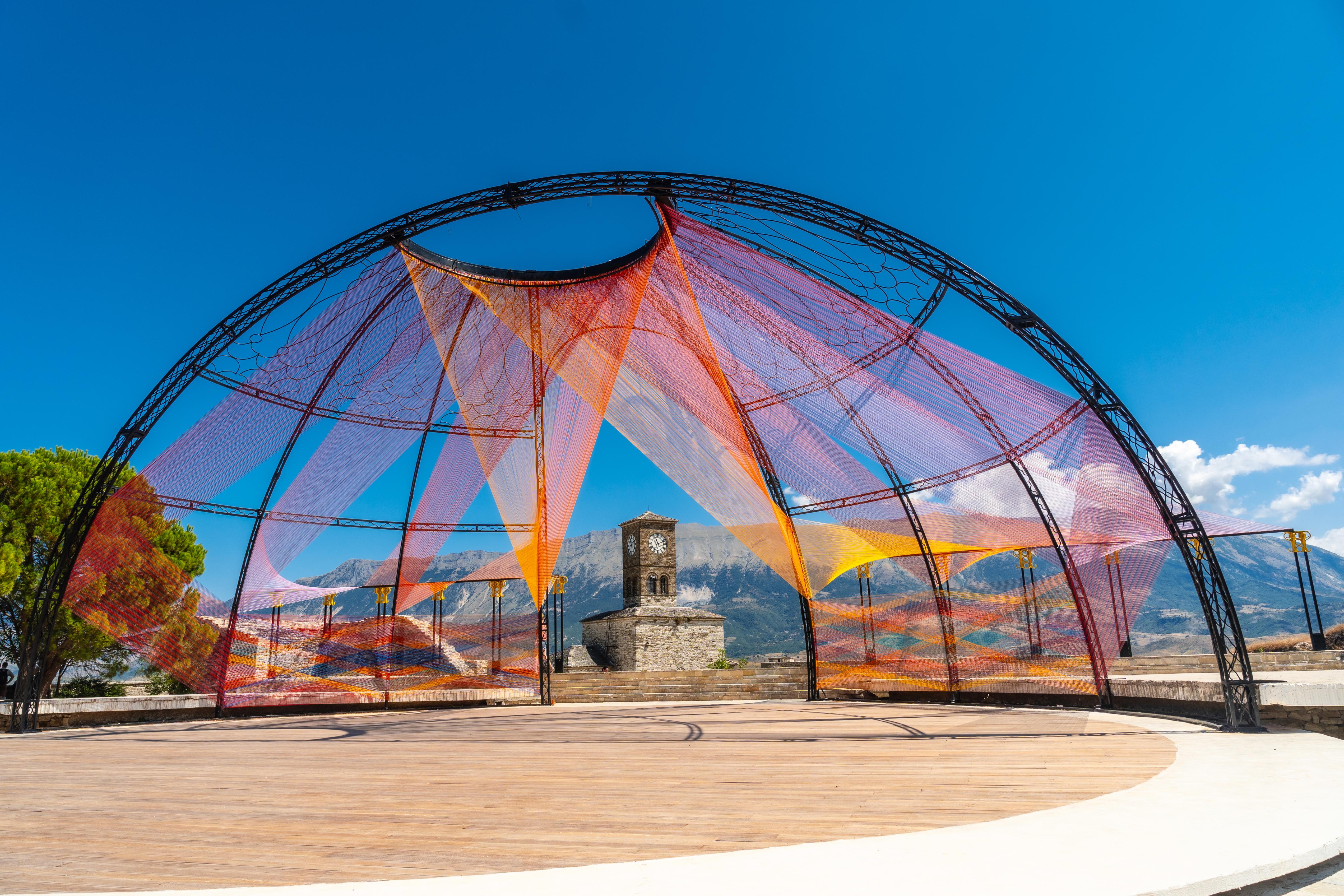
Nestled in the Drino Valley, Gjirokastër is a city that seems to have been sculpted from the very rock on which it stands. Known as the "City of Stone," its Ottoman-era architecture is a testament to its rich history. The cobblestone streets wind through the city like veins, leading to the imposing Gjirokastër Castle, which offers panoramic views of the surrounding landscape. This city is a UNESCO World Heritage site, yet it remains one of Europe's hidden treasures, largely untouched by the masses. Visitors can explore the traditional tower houses, or "kullës," which are emblematic of the city’s architectural style. Each building tells a story, with its own unique blend of history and culture. Gjirokastër is also a cultural hub, home to festivals that celebrate everything from folk music to culinary arts, providing an immersive experience into Albanian traditions. The city’s charm lies not only in its physical beauty but also in the warmth and hospitality of its people, who are eager to share their heritage with those who seek to explore beyond the familiar.
City Two: The Enigmatic Allure of Matera, Italy
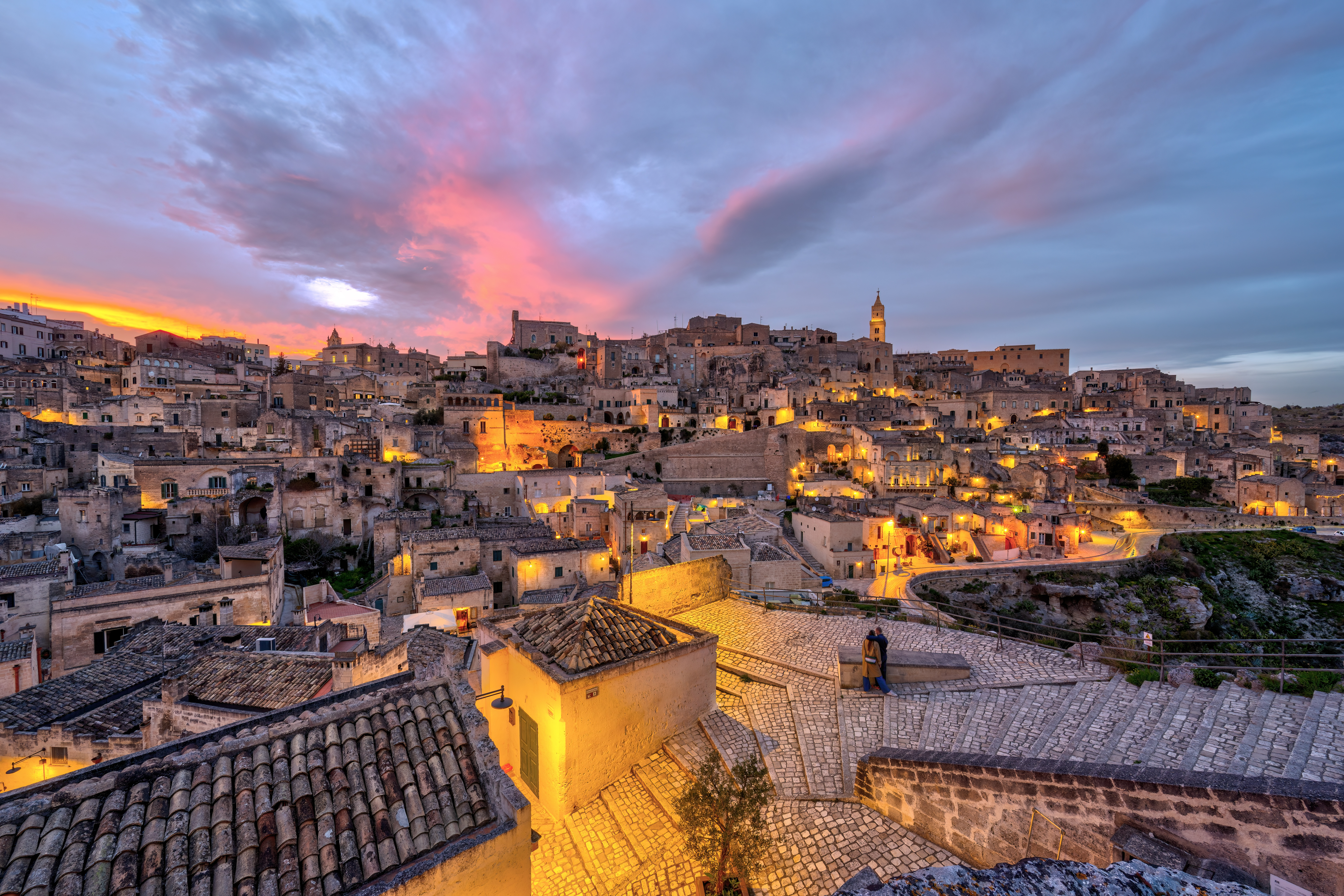
Matera, a city carved into the limestone hills of southern Italy, presents a landscape that is both haunting and beautiful. Known for its ancient cave dwellings, or "Sassi," Matera offers a glimpse into a past that dates back thousands of years. These dwellings are more than just homes; they are a testament to human resilience and ingenuity, having been continuously inhabited since the Paleolithic era. Walking through Matera feels like stepping back in time, with its labyrinthine streets and stone facades that seem to whisper secrets of the ages. The city’s unique architecture has earned it a place on the UNESCO World Heritage list, yet it remains a hidden gem, often overlooked by those who flock to Italy’s more famous cities. Matera’s cultural renaissance has seen it transform into a vibrant community, with a burgeoning arts scene and a commitment to preserving its historical legacy. Visitors can explore the rock churches adorned with ancient frescoes, or wander through the modern galleries and artisan workshops that breathe new life into the city. Matera is a city of contrasts, where the ancient and the contemporary coexist in harmonious beauty.
City Three: The Serene Splendor of Luang Prabang, Laos
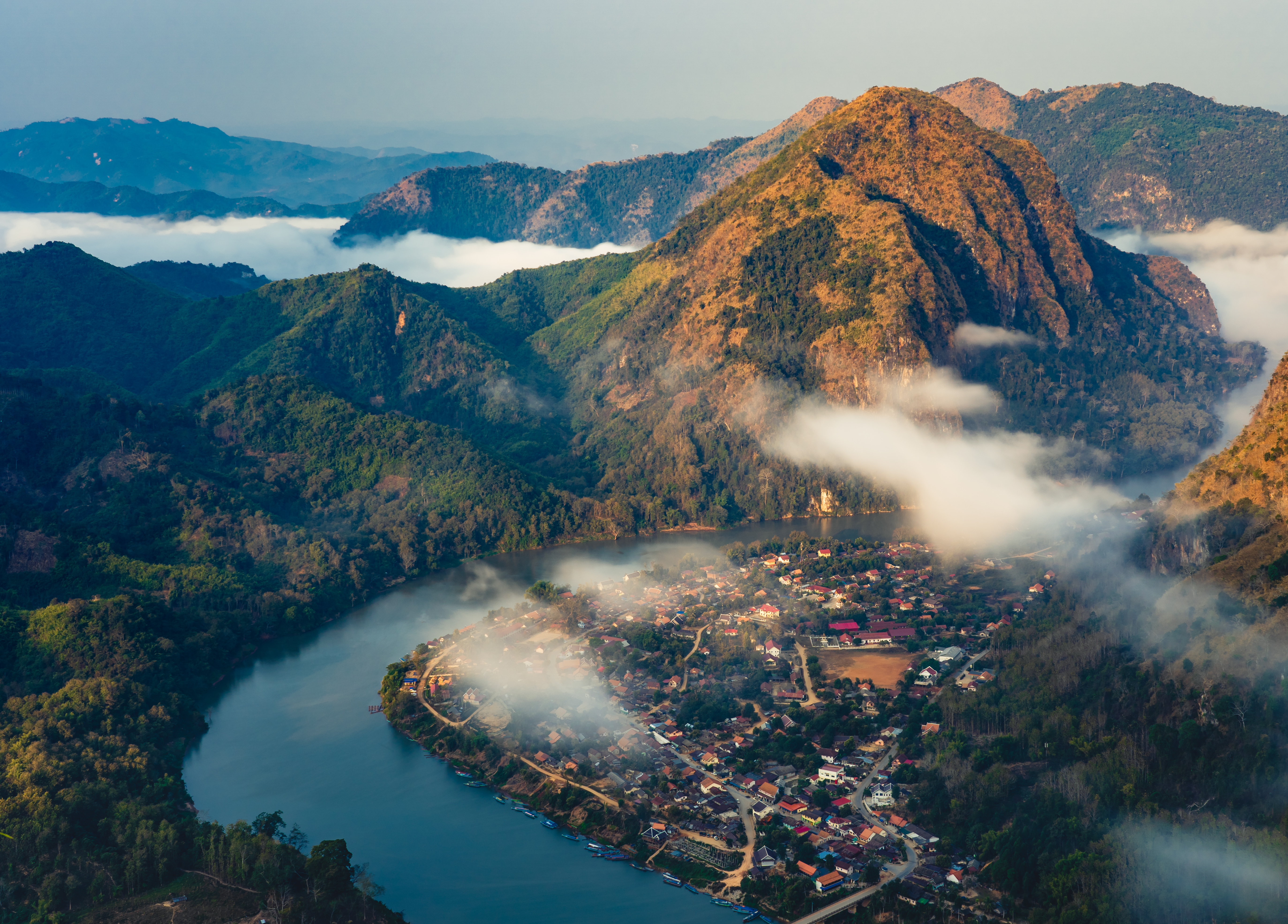
Luang Prabang, situated at the confluence of the Mekong and Nam Khan rivers, is a city that embodies serenity and spiritual richness. Known for its well-preserved blend of traditional Lao and French colonial architecture, this UNESCO World Heritage site is a testament to the city’s historical and cultural significance. The golden spires of its temples rise above the lush green landscape, creating a skyline that is both majestic and tranquil. Visitors can partake in the ancient ritual of alms-giving, where saffron-robed monks silently collect offerings at dawn, a practice that speaks to the city’s deep-rooted Buddhist traditions. Beyond its spiritual allure, Luang Prabang offers a vibrant tapestry of markets, cafes, and artisan shops, where the local culture comes alive in every interaction. The city is also a gateway to the natural wonders of Laos, with nearby waterfalls, caves, and mountains offering endless opportunities for exploration. Whether seeking spiritual enlightenment or a connection with nature, Luang Prabang promises an experience that is both enriching and unforgettable.
City Four: The Mystical Charms of Chefchaouen, Morocco

Tucked away in the Rif Mountains, Chefchaouen is a city that enchants with its vivid blue-washed buildings and narrow, winding streets. Known as the "Blue Pearl" of Morocco, Chefchaouen offers a serene escape from the hustle and bustle of the country’s more famous cities. The city’s distinctive color palette is not just for aesthetics; it is steeped in history and tradition, with roots in Jewish symbolism and local folklore. As you wander through the medina, the vibrant hues create a calming atmosphere that invites relaxation and reflection. Chefchaouen is a haven for artists and photographers, who are drawn to its unique beauty and the interplay of light and shadow that dances across the walls. Beyond its visual appeal, the city offers a rich tapestry of culture and tradition, with bustling markets, traditional hammams, and a thriving culinary scene that showcases the flavors of the region. Surrounded by stunning natural landscapes, Chefchaouen is also a gateway to outdoor adventures, from hiking in the nearby mountains to exploring hidden waterfalls. It is a city that captivates the senses, inviting visitors to immerse themselves in its mystical charms.
City Five: The Hidden Splendor of Colmar, France
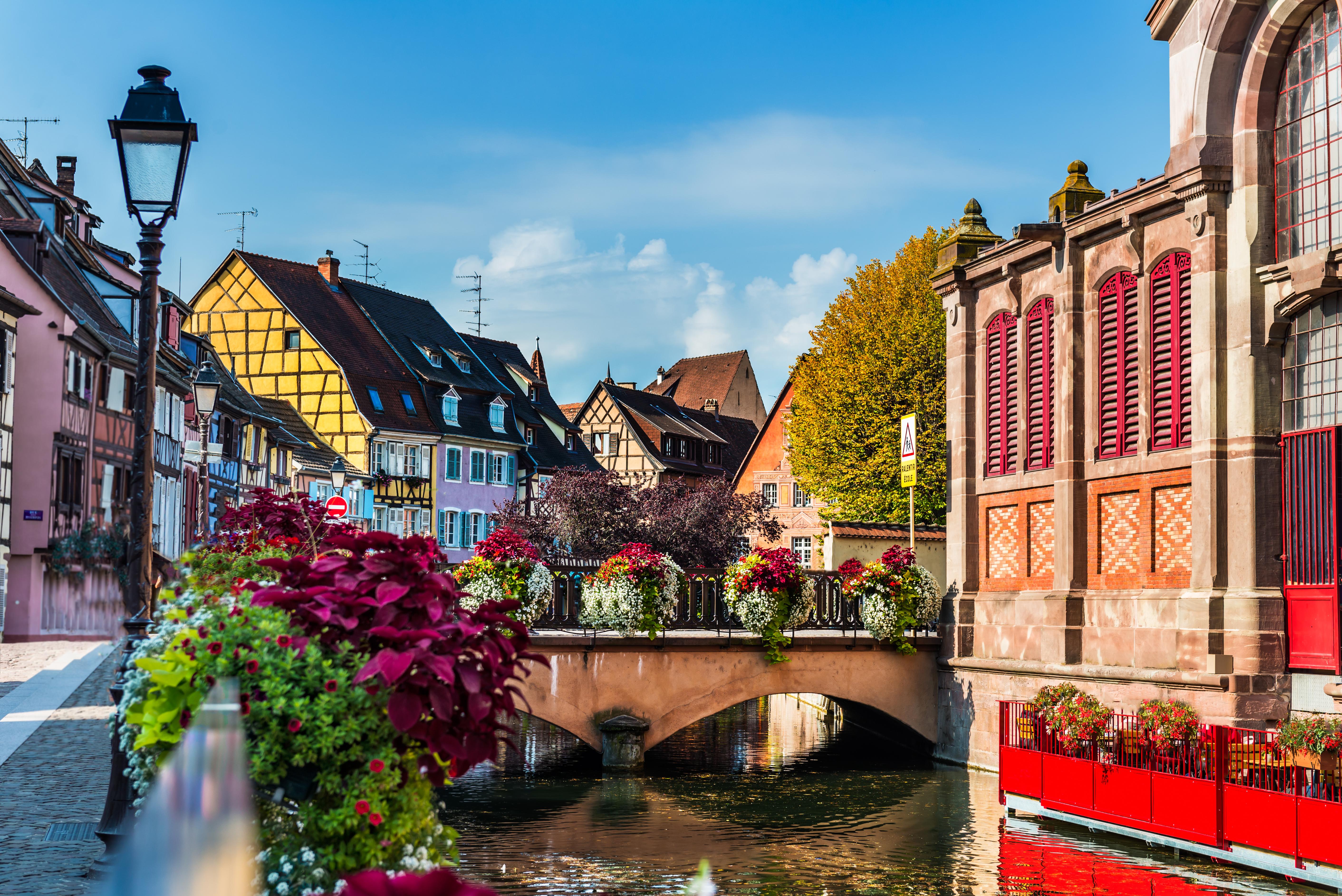
Colmar, nestled in the heart of the Alsace wine region, is a city that seems to have sprung from the pages of a fairy tale. Known for its well-preserved medieval architecture and colorful half-timbered houses, Colmar offers a glimpse into a bygone era. The city’s cobblestone streets are lined with charming cafes, artisan shops, and picturesque canals that invite leisurely exploration. Colmar is often referred to as "Little Venice" due to its network of waterways, which add to its enchanting atmosphere. The city is a hub of cultural and artistic activity, with museums and galleries showcasing everything from Renaissance art to contemporary works. Visitors can explore the Unterlinden Museum, home to the famous Isenheim Altarpiece, or wander through the city’s vibrant markets, where the flavors and aromas of Alsace come alive. Colmar is also a gateway to the region’s renowned vineyards, offering wine enthusiasts the opportunity to sample some of the finest Alsatian wines. With its blend of history, culture, and natural beauty, Colmar is a hidden gem that promises an unforgettable experience.
City Six: The Tranquil Beauty of Kotor, Montenegro
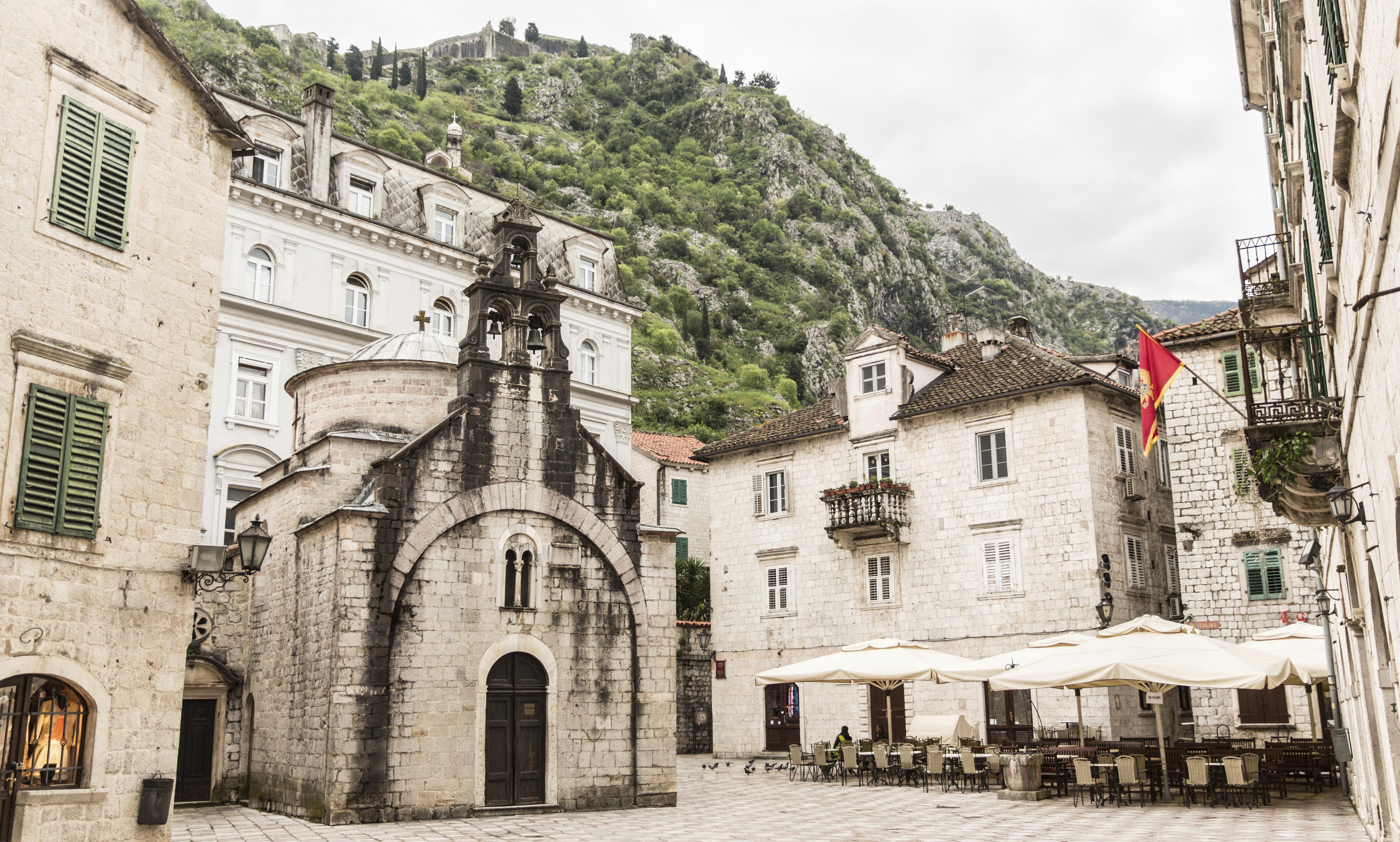
Kotor, nestled at the end of a fjord-like bay, is a city that captivates with its dramatic scenery and medieval charm. Surrounded by towering mountains and azure waters, Kotor offers a breathtaking backdrop for exploration. The city’s well-preserved Old Town is a UNESCO World Heritage site, with its labyrinthine streets, ancient churches, and Venetian palaces that speak to its rich history. Visitors can climb the fortress walls for panoramic views of the bay, or wander through the bustling squares and hidden alleyways that reveal the city’s vibrant culture. Kotor is a city of contrasts, where the past and present coexist in harmonious beauty. The city’s cultural calendar is filled with festivals and events that celebrate everything from music to maritime heritage, providing a glimpse into the traditions and customs of Montenegro. Beyond the city, the surrounding landscapes offer endless opportunities for adventure, from hiking in the mountains to sailing on the bay. Kotor is a city that invites exploration and discovery, promising an experience that is both tranquil and exhilarating.
City Seven: The Enchanting Allure of Sintra, Portugal
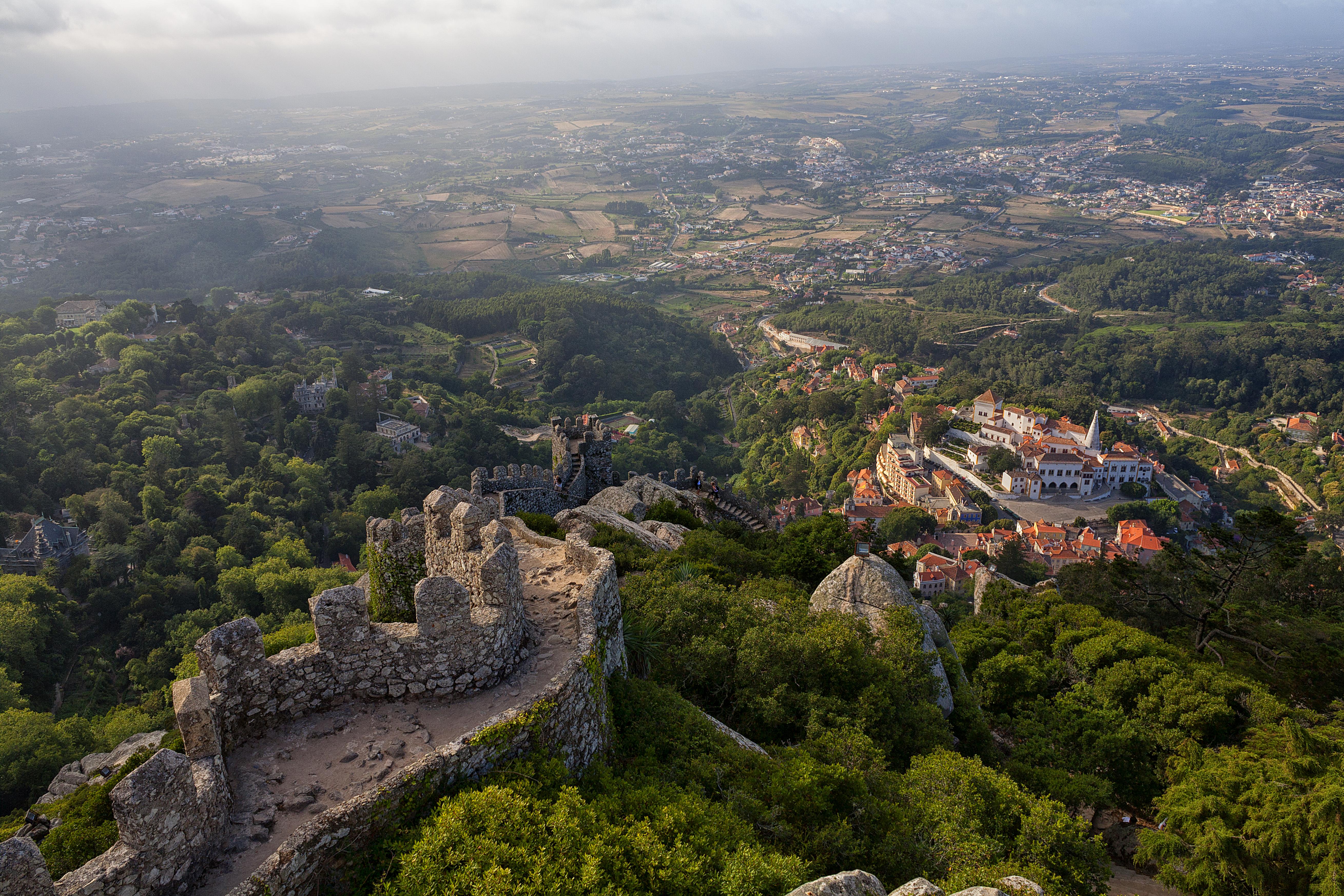
Sintra, perched on the edge of the Sintra Mountains, is a city that enchants with its romantic palaces and lush gardens. Known for its fairy-tale castles and mystical landscapes, Sintra offers a glimpse into a world of fantasy and imagination. The city’s most famous landmark, the Pena Palace, is a colorful blend of architectural styles that seems to have been plucked from a storybook. Visitors can explore the palace’s opulent rooms and expansive gardens, or wander through the nearby Moorish Castle, which offers sweeping views of the surrounding countryside. Sintra is a city of inspiration, where artists, writers, and dreamers have long been drawn to its beauty and mystery. The city’s cultural heritage is celebrated in its museums and galleries, which showcase everything from ancient artifacts to contemporary art. Beyond its architectural wonders, Sintra is a haven for nature lovers, with its lush forests, rugged cliffs, and hidden trails that offer endless opportunities for exploration. Whether seeking adventure or tranquility, Sintra promises an experience that is both enchanting and unforgettable.
City Eight: The Vibrant Heart of Guanajuato, Mexico
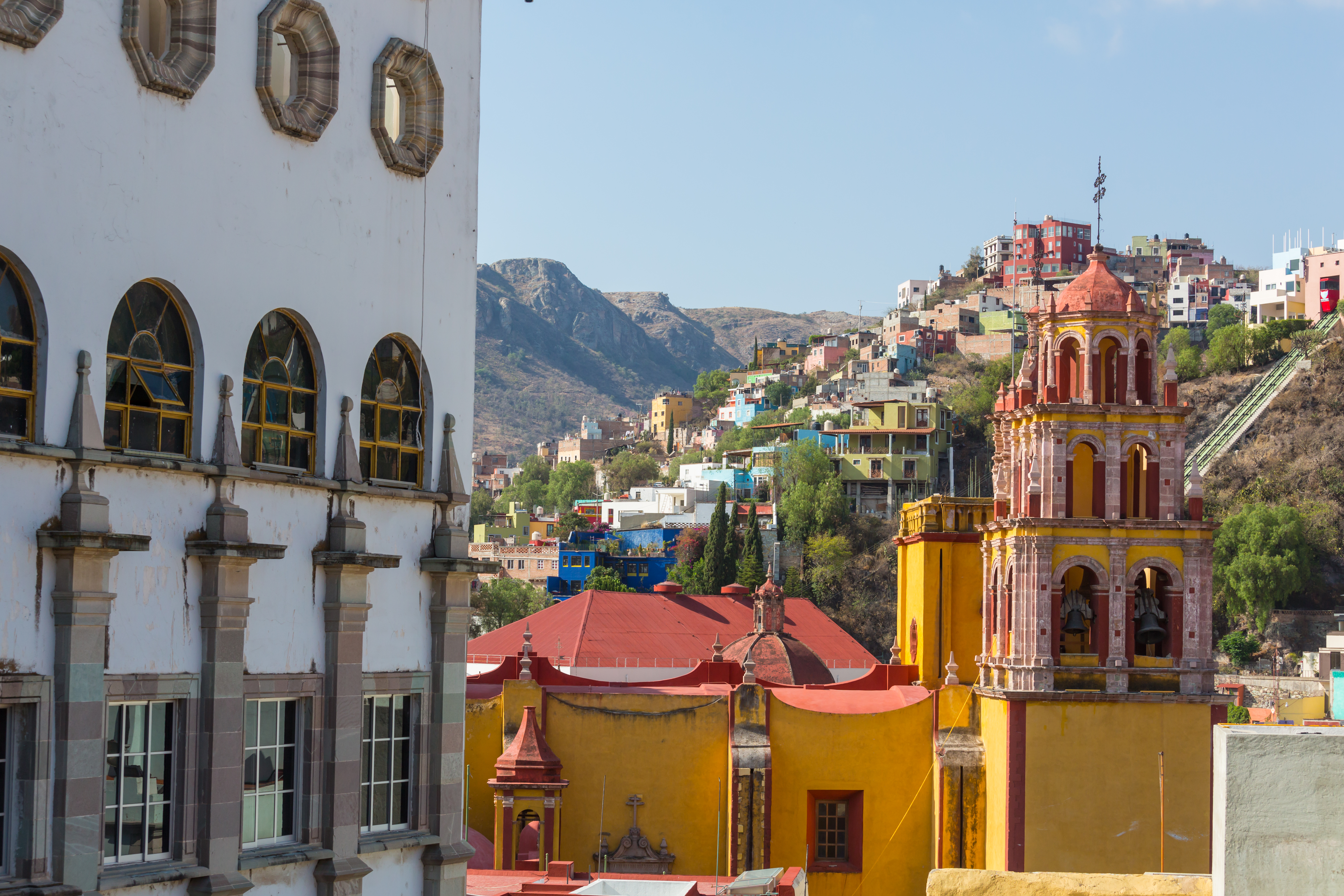
Guanajuato, nestled in the mountains of central Mexico, is a city that pulses with color and life. Known for its vibrant streets and colonial architecture, Guanajuato offers a kaleidoscope of sights and sounds that captivate the senses. The city’s historic center is a UNESCO World Heritage site, with its narrow alleyways, ornate churches, and bustling plazas that invite exploration. Visitors can wander through the city’s lively markets, where the flavors and aromas of Mexican cuisine come alive, or explore the vibrant arts scene, with its galleries, theaters, and festivals that celebrate the city’s rich cultural heritage. Guanajuato is a city of contrasts, where the past and present coexist in harmonious beauty. The city’s cultural calendar is filled with events that celebrate everything from music to literature, providing a glimpse into the traditions and customs of Mexico. Beyond the city, the surrounding landscapes offer endless opportunities for adventure, from exploring the nearby mines to hiking in the mountains. Guanajuato is a city that invites exploration and discovery, promising an experience that is both vibrant and exhilarating.
City Nine: The Idyllic Charm of Hallstatt, Austria
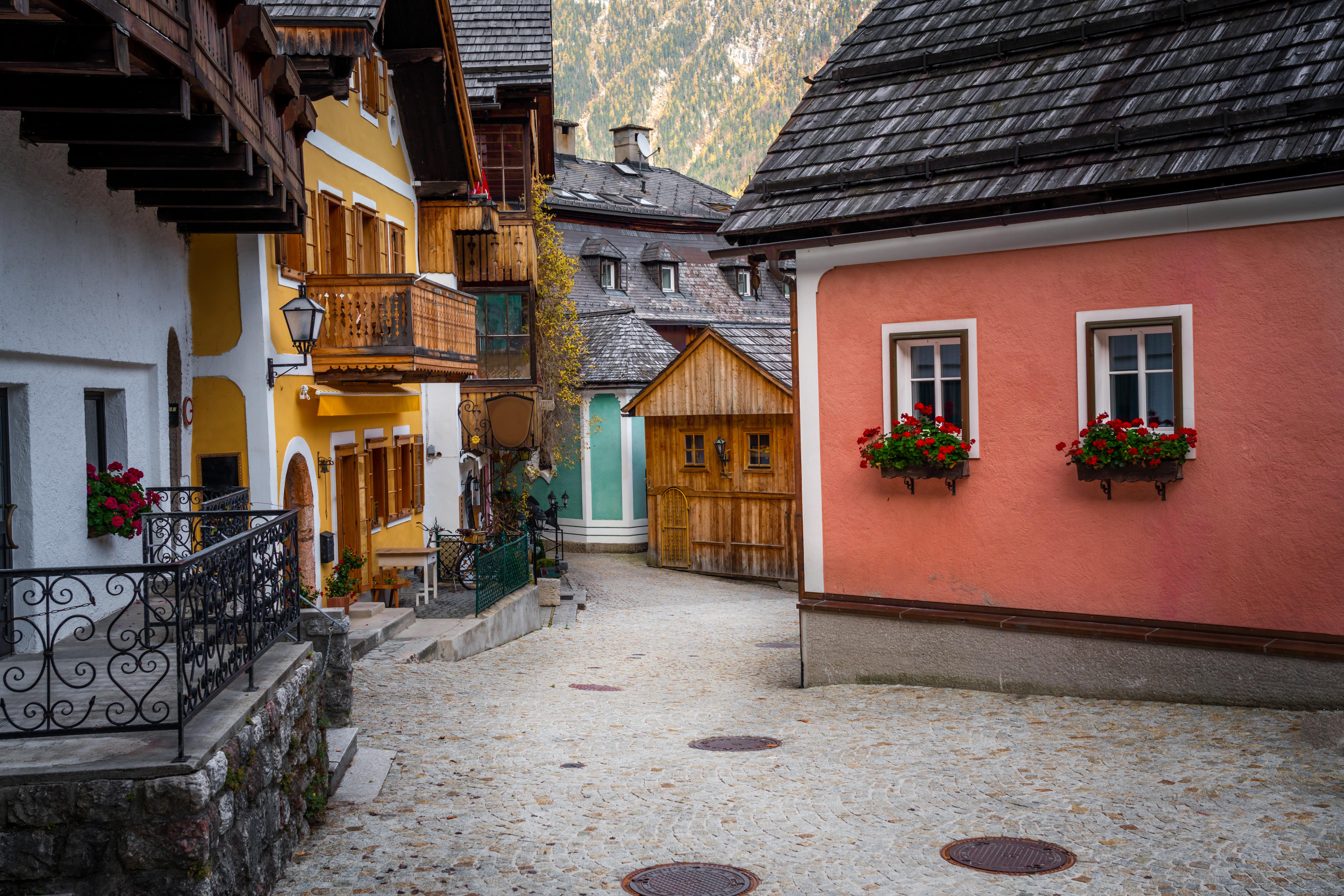
Hallstatt, perched on the shores of a serene lake amidst the Austrian Alps, is a city that captivates with its idyllic beauty and rich history. Known for its picturesque setting and well-preserved architecture, Hallstatt offers a glimpse into a world of tranquility and charm. The city’s cobblestone streets are lined with charming houses, quaint shops, and cozy cafes that invite leisurely exploration. Visitors can explore the city’s ancient salt mines, which date back thousands of years, or wander through the Hallstatt Museum, which showcases the city’s rich cultural heritage. Hallstatt is a city of contrasts, where the past and present coexist in harmonious beauty. The city’s cultural calendar is filled with festivals and events that celebrate everything from music to traditional crafts, providing a glimpse into the traditions and customs of Austria. Beyond the city, the surrounding landscapes offer endless opportunities for adventure, from hiking in the mountains to boating on the lake. Hallstatt is a city that invites exploration and discovery, promising an experience that is both idyllic and unforgettable.
City Ten: The Hidden Jewel of Veliko Tarnovo, Bulgaria
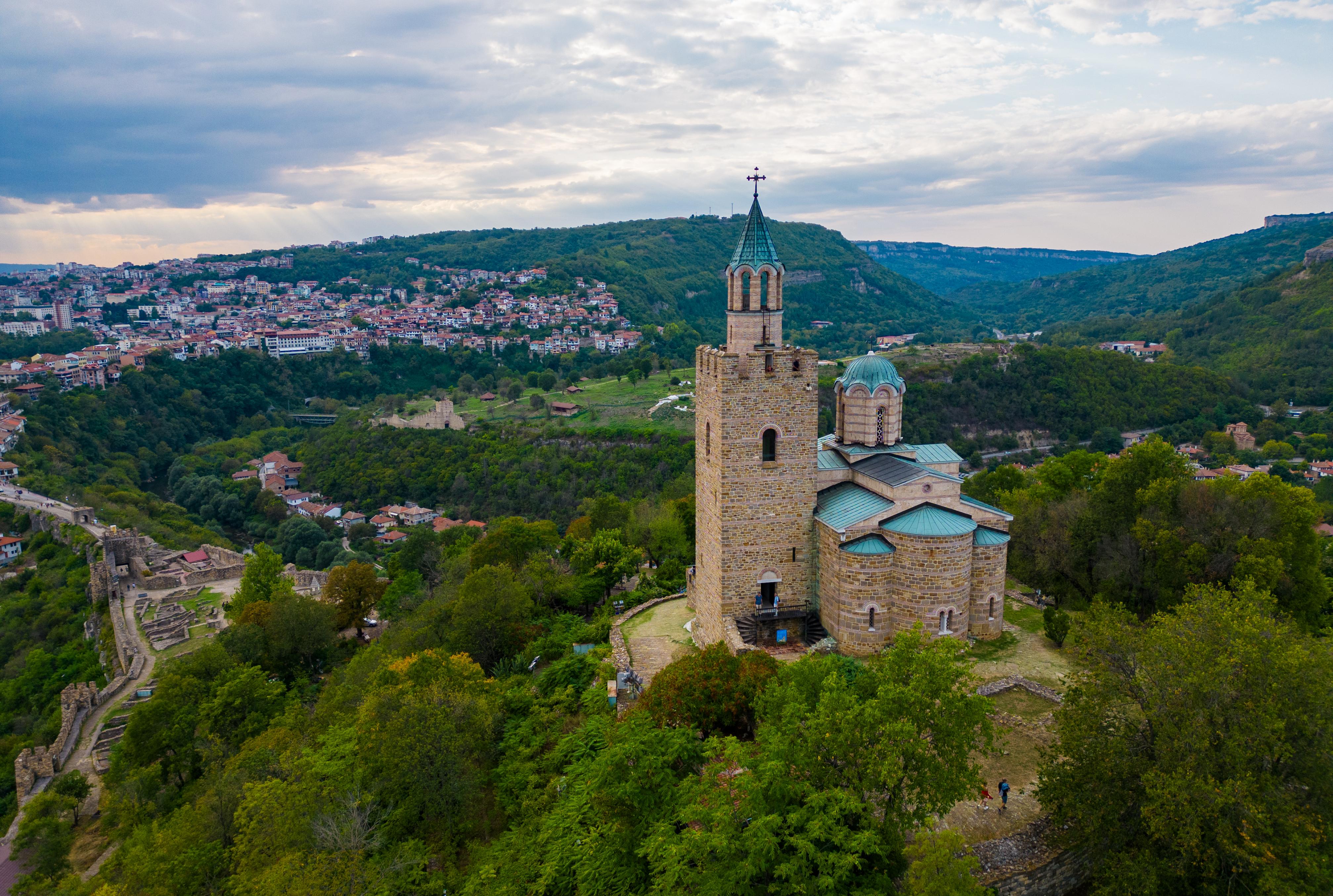
Veliko Tarnovo, perched on the steep banks of the Yantra River, is a city that enchants with its dramatic history and breathtaking views. Known as the "City of the Tsars," Veliko Tarnovo was once the capital of the Second Bulgarian Empire and remains a testament to the country’s rich heritage. The city’s medieval fortress, Tsarevets, dominates the skyline, offering a glimpse into the past with its ancient walls and towers. Visitors can explore the city’s winding streets, which are lined with traditional houses, artisan shops, and vibrant cafes that invite exploration. Veliko Tarnovo is a city of contrasts, where the past and present coexist in harmonious beauty. The city’s cultural calendar is filled with festivals and events that celebrate everything from music to folklore, providing a glimpse into the traditions and customs of Bulgaria. Beyond the city, the surrounding landscapes offer endless opportunities for adventure, from hiking in the nearby mountains to exploring hidden monasteries. Veliko Tarnovo is a city that invites exploration and discovery, promising an experience that is both enchanting and exhilarating.
City Eleven: The Serene Majesty of Lijiang, China
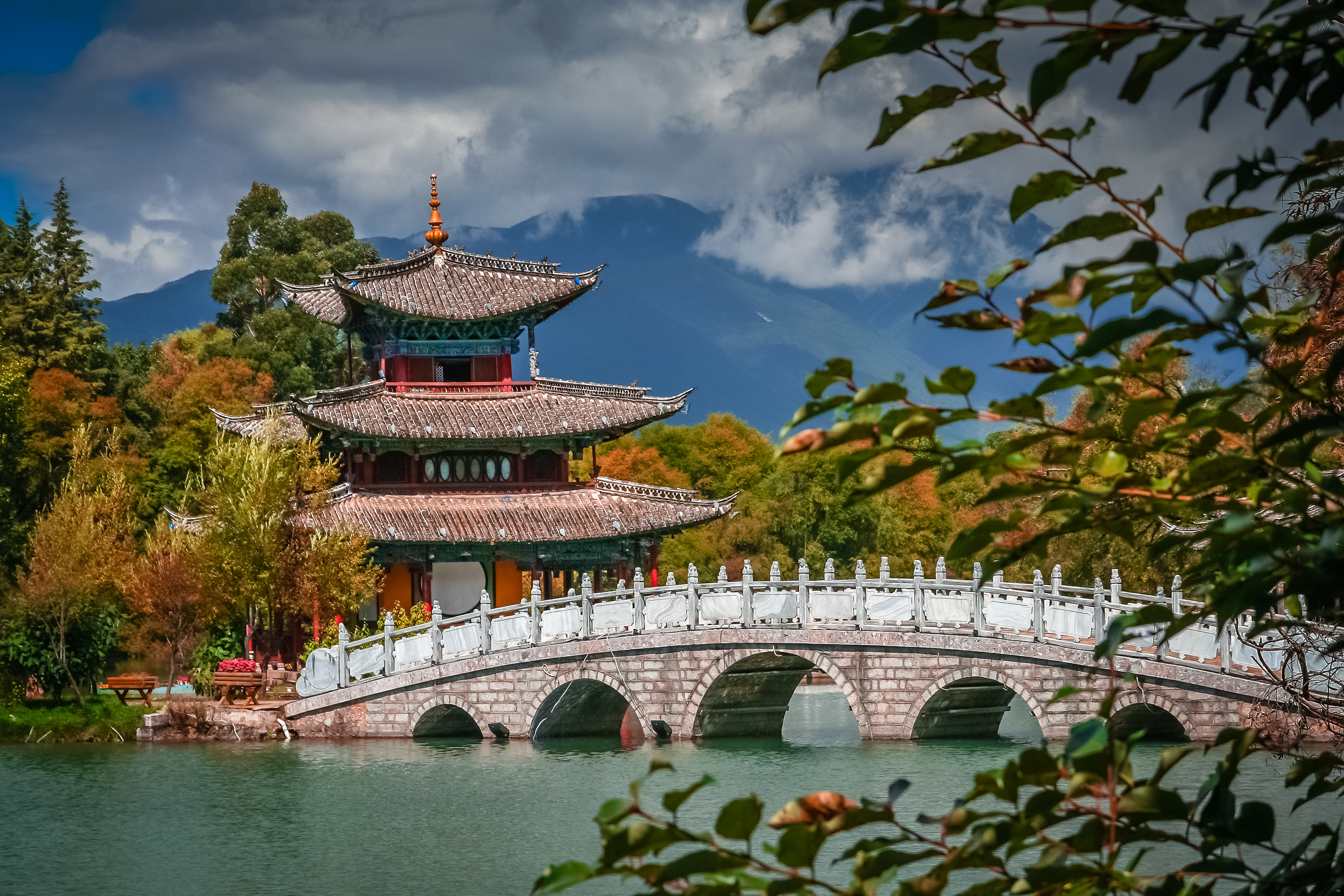
Lijiang, nestled in the foothills of the Himalayas, is a city that captivates with its serene beauty and rich cultural heritage. Known for its well-preserved ancient town, Lijiang offers a glimpse into a world of tranquility and tradition. The city’s cobblestone streets are lined with traditional Naxi houses, charming shops, and cozy cafes that invite leisurely exploration. Visitors can explore the city’s ancient waterways, which are fed by the snow-capped peaks of the Jade Dragon Snow Mountain, or wander through the Lijiang Museum, which showcases the city’s rich cultural heritage. Lijiang is a city of contrasts, where the past and present coexist in harmonious beauty. The city’s cultural calendar is filled with festivals and events that celebrate everything from music to traditional crafts, providing a glimpse into the traditions and customs of China. Beyond the city, the surrounding landscapes offer endless opportunities for adventure, from hiking in the mountains to exploring hidden temples. Lijiang is a city that invites exploration and discovery, promising an experience that is both serene and unforgettable.
City Twelve: The Enchanted Beauty of Český Krumlov, Czech Republic
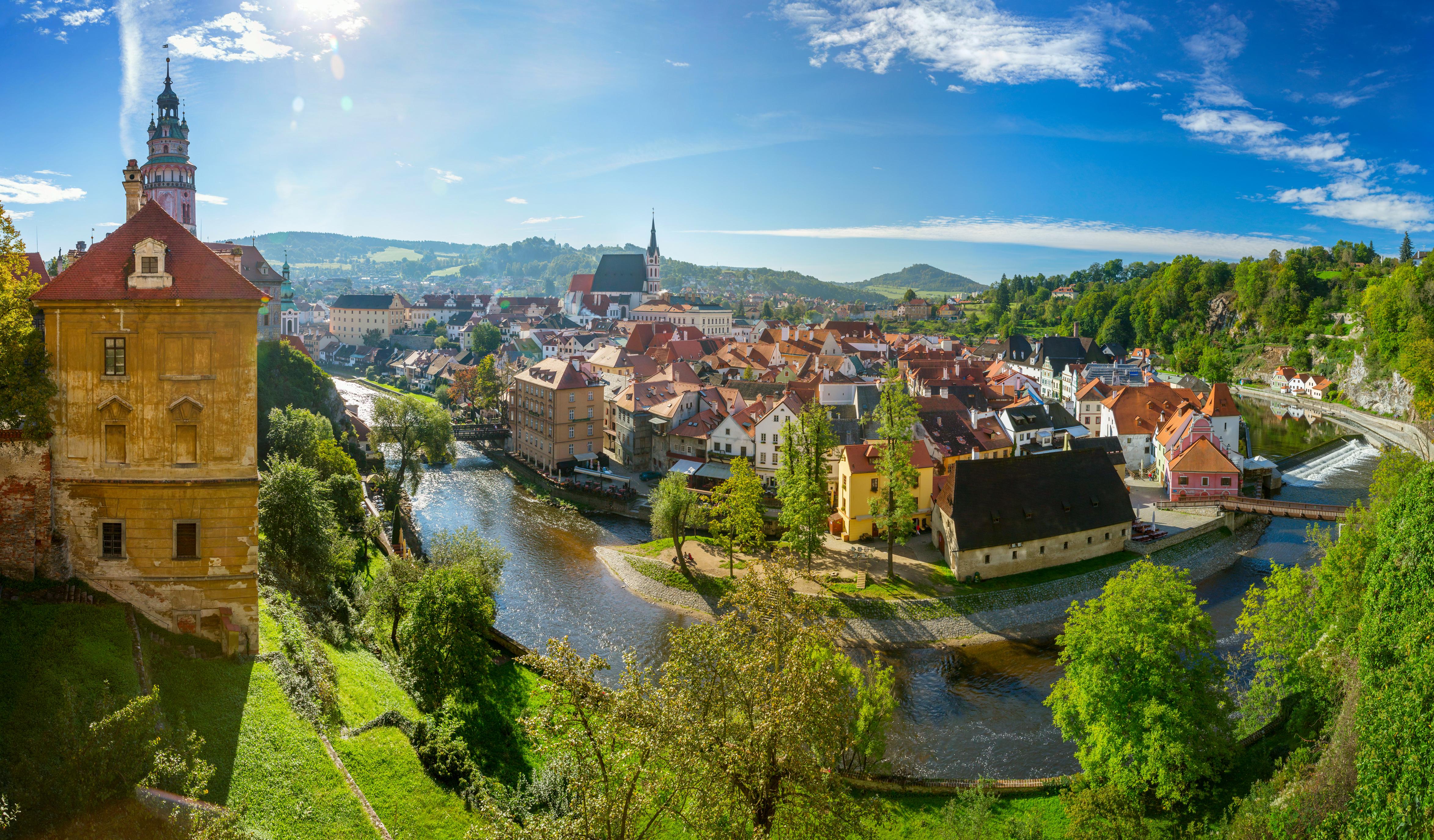
Český Krumlov, nestled in the heart of the Bohemian countryside, is a city that enchants with its fairy-tale setting and rich history. Known for its well-preserved medieval architecture and picturesque setting, Český Krumlov offers a glimpse into a world of enchantment and charm. The city’s cobblestone streets are lined with charming houses, quaint shops, and cozy cafes that invite leisurely exploration. Visitors can explore the city’s majestic castle, which offers panoramic views of the surrounding countryside, or wander through the Egon Schiele Art Centrum, which showcases the city’s rich cultural heritage. Český Krumlov is a city of contrasts, where the past and present coexist in harmonious beauty. The city’s cultural calendar is filled with festivals and events that celebrate everything from music to traditional crafts, providing a glimpse into the traditions and customs of the Czech Republic. Beyond the city, the surrounding landscapes offer endless opportunities for adventure, from hiking in the nearby forests to exploring hidden caves. Český Krumlov is a city that invites exploration and discovery, promising an experience that is both enchanted and unforgettable.
City Thirteen: The Architectural Marvel of Columbus, Indiana, USA
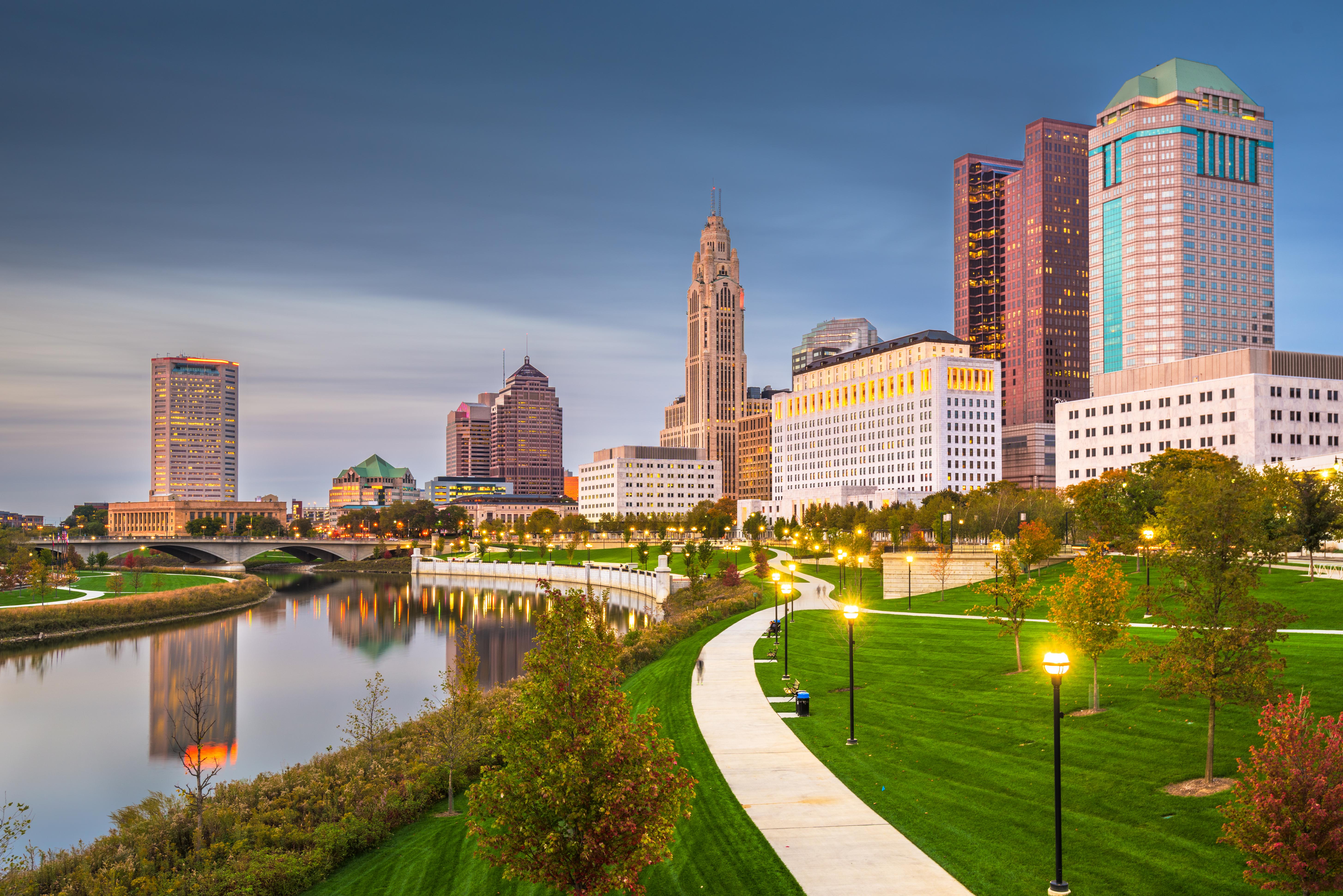
Columbus, Indiana, might look like any other quiet Midwestern town at first glance, but take a closer look and you’ll discover one of the most architecturally significant small cities in the United States. Often referred to as the “Athens of the Prairie,” Columbus boasts a remarkable collection of mid-century modern buildings designed by some of the most celebrated architects of the 20th century—including Eero Saarinen, I.M. Pei, César Pelli, and Robert Venturi. This architectural renaissance was largely fueled by the vision and philanthropy of J. Irwin Miller, who believed in the transformative power of good design. Through his foundation, he offered to pay architectural fees for public buildings if world-renowned architects were commissioned, a move that forever changed the city’s skyline. What makes Columbus especially unique is the way these bold, contemporary buildings are woven into the fabric of everyday life. Public schools, fire stations, banks, and churches all feature designs worthy of a gallery. The city offers guided tours through its Visitor Center, showcasing highlights like the Miller House and Garden—a modernist masterpiece of architecture and landscape design. Art lovers will also appreciate the city’s impressive collection of public sculptures, seamlessly blending civic functionality with artistic vision. For travelers seeking inspiration, Columbus proves that world-class design doesn’t have to be confined to major metropolises—it thrives in the heart of Indiana.
City Fourteen: The Cultural Crossroads of Gijón, Spain
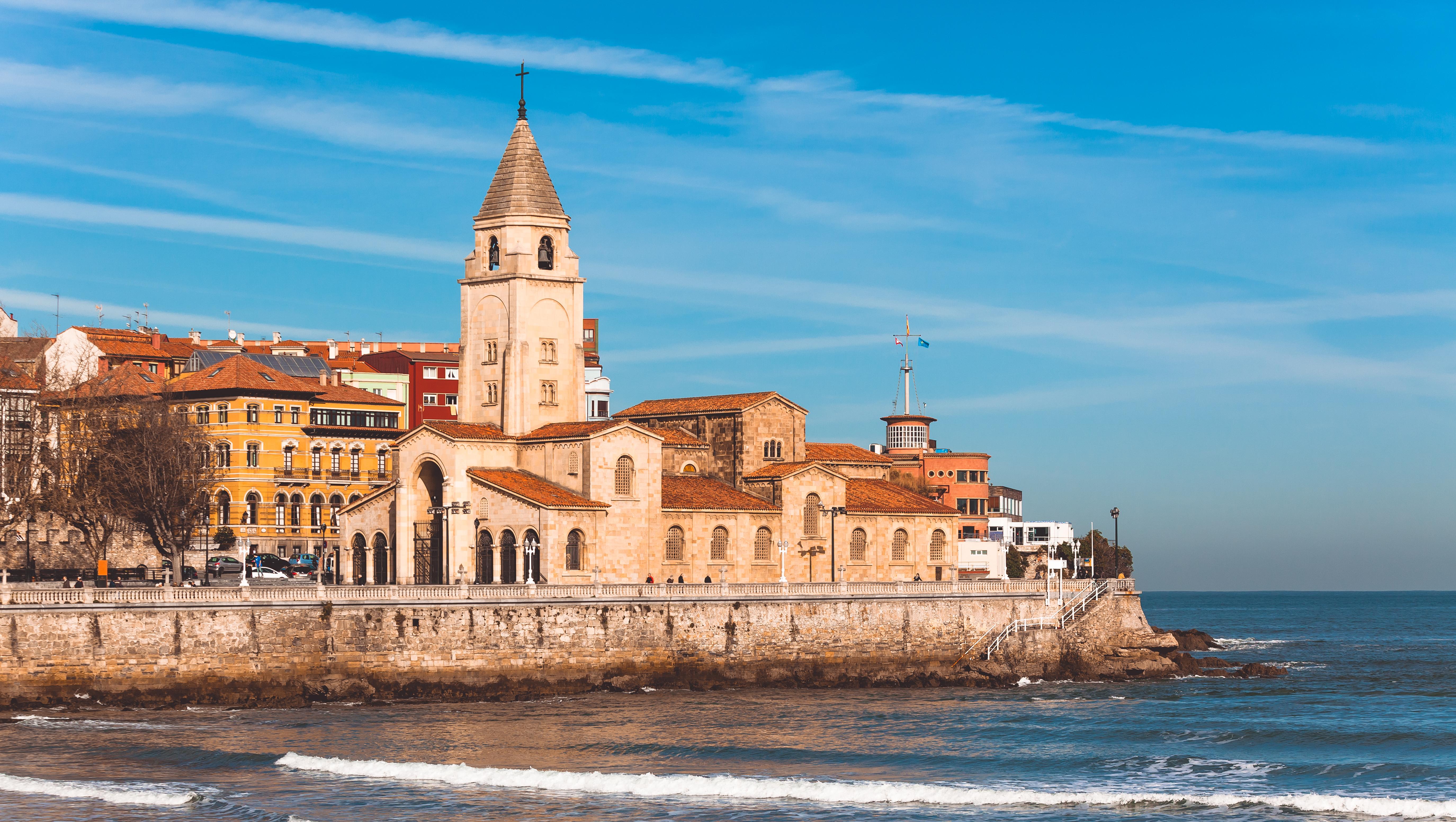
Located on Spain’s rugged northern coast along the Bay of Biscay, Gijón (or Xixón, in Asturian) is a vibrant coastal city that blends tradition, modernity, and a strong sense of identity. Unlike the more tourist-heavy destinations of southern Spain, Gijón retains an authentic, lived-in charm. This is a city where fishermen still mend their nets on the docks and cider is poured with theatrical flair in bustling sidrerías. It’s also a cultural heavyweight in the Asturias region, with a deep history rooted in Roman times and a proud Celtic heritage that colors local festivals and music. Gijón’s beaches—particularly Playa de San Lorenzo—are a highlight, stretching along the city’s historic promenade with sweeping views of the ocean and surrounding hills. Just steps from the sand, you'll find lively neighborhoods filled with tapas bars, boutiques, and street art that reflect the city's youthful energy. The revitalized Cimavilla district, the old fisherman’s quarter, invites exploration with its narrow alleys, traditional stone houses, and excellent seafood eateries. Gijón also boasts world-class museums, like the Laboral City of Culture, and a dynamic university presence that infuses the city with intellectual flair. Whether you're enjoying fresh pulpo (octopus) at a seaside café, joining in on a folk festival, or exploring Roman baths hidden beneath the city, Gijón offers a compelling mix of relaxation, tradition, and local color.
City Fifteen: The Historic Enclave of Guimarães, Portugal
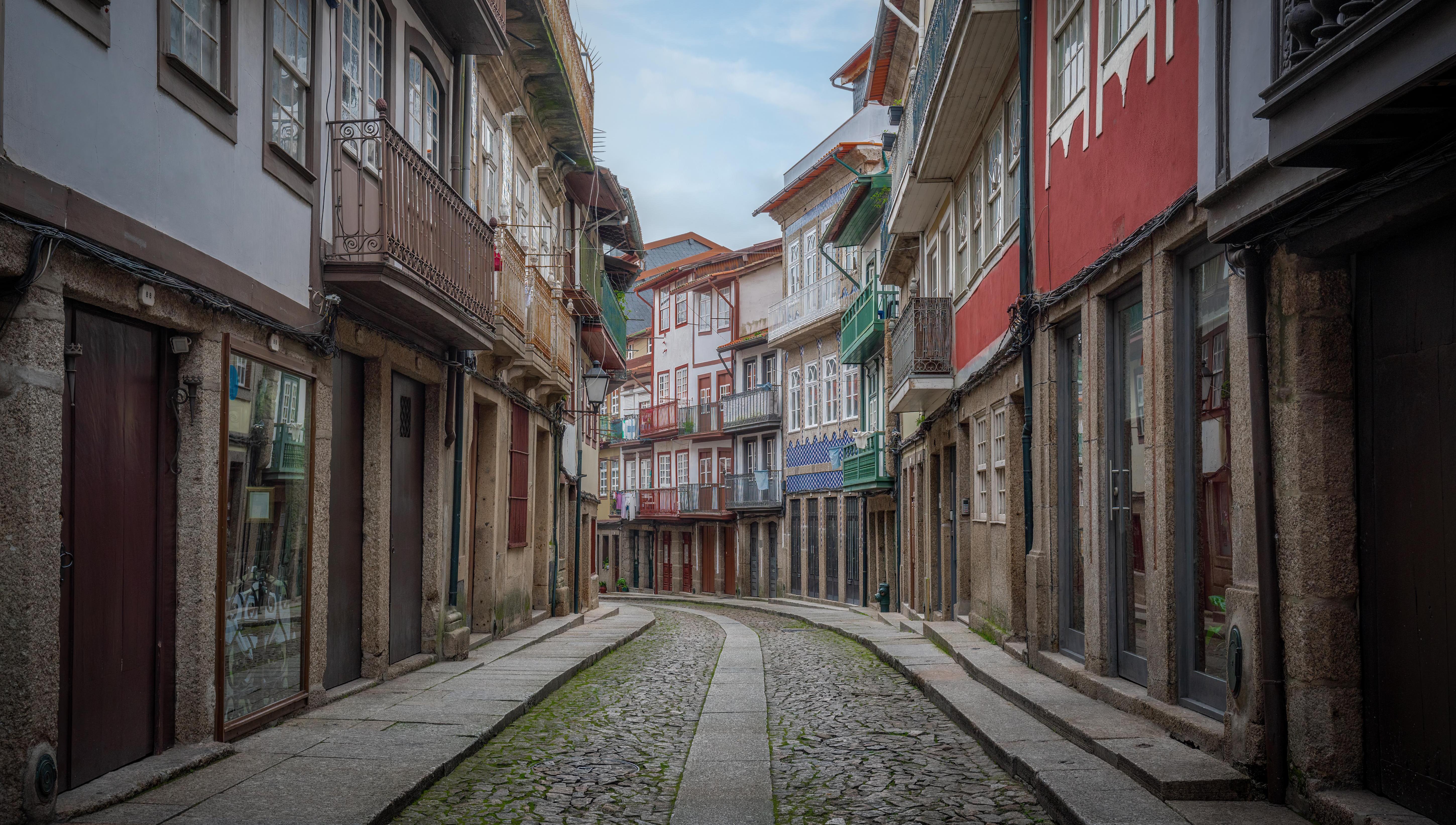
Guimarães is often called the cradle of Portugal, and for good reason—this is where the country’s first king, Afonso Henriques, was born, and where Portugal’s national identity began to take shape. Walking through the cobbled streets of Guimarães is like stepping into a living museum. The city’s beautifully preserved medieval quarter—recognized as a UNESCO World Heritage site—features stone archways, Gothic churches, and traditional granite townhouses adorned with iron balconies and colorful banners. At its heart lies the imposing Guimarães Castle, perched on a hilltop and offering sweeping views of the historic landscape below. But Guimarães is not merely a city frozen in time—it’s also a center of contemporary Portuguese culture and creativity. The city was named a European Capital of Culture in 2012, a title that sparked a cultural revival that continues to this day. Art galleries, performance venues, and design shops now dot the historic center, blending old-world charm with modern flair. Visitors can tour the majestic Palace of the Dukes of Braganza, attend open-air concerts in the plazas, or simply sip a vinho verde in a centuries-old tavern while taking in the surroundings. Guimarães offers the rare chance to experience a foundational chapter of European history while enjoying the vibrant energy of a living, breathing city.
City Sixteen: The Timeless Beauty of Sighișoara, Romania
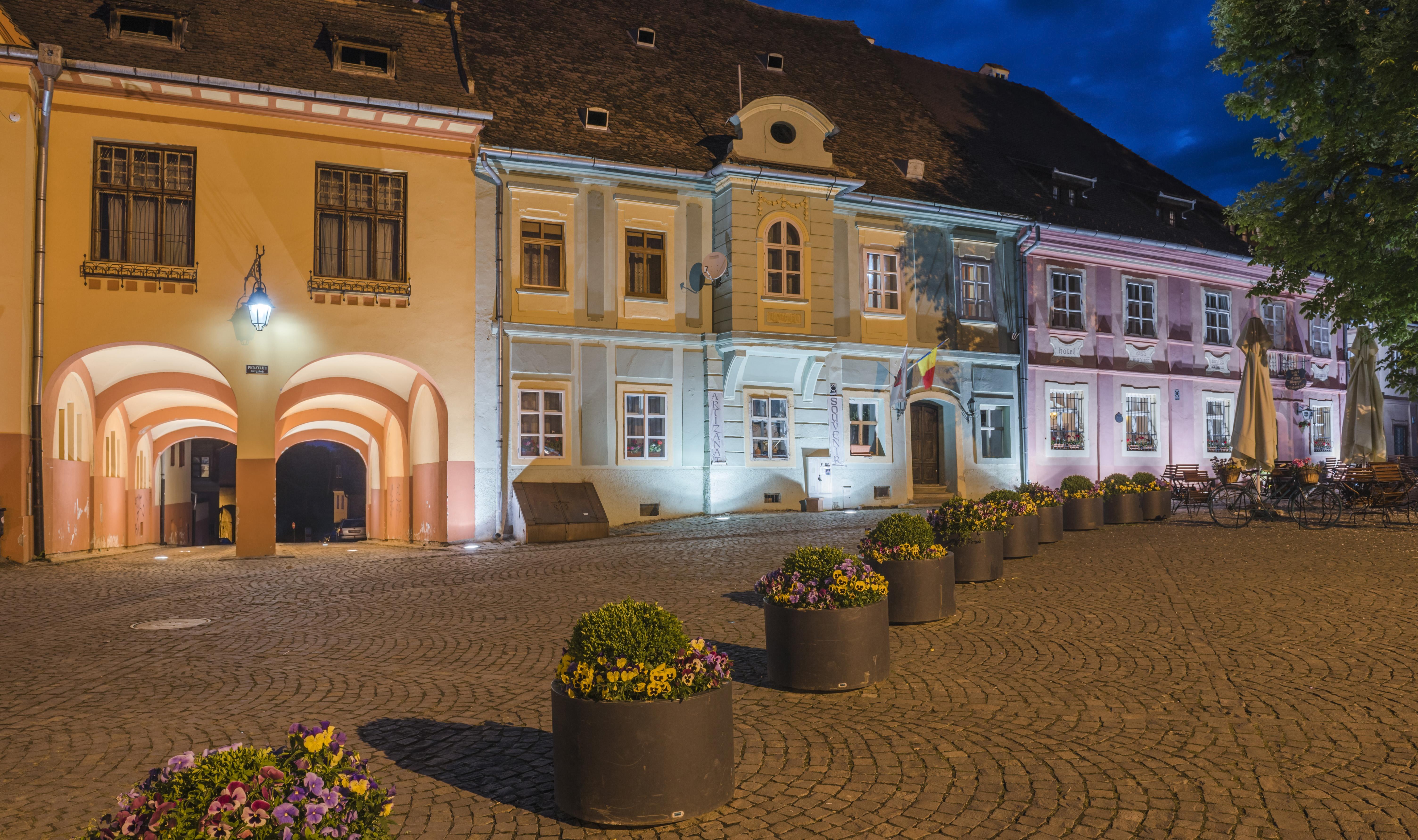
Perched in the heart of Transylvania, Sighișoara is one of Europe’s best-preserved medieval citadels—and one of its most underrated. Birthplace of Vlad the Impaler (the inspiration for Dracula), this fortified hilltop town features cobbled streets, colorful towers, and Gothic churches that seem untouched by time. The 14th-century Clock Tower dominates the skyline and offers sweeping views of the surrounding countryside. While steeped in legend and lore, Sighișoara is also a vibrant town with artisan shops, cozy cafés, and summer festivals that bring medieval traditions to life. It's a perfect blend of fairy tale and folklore, without the tourist crowds.
City Seventeen: The Spiritual Haven of Mtskheta, Georgia
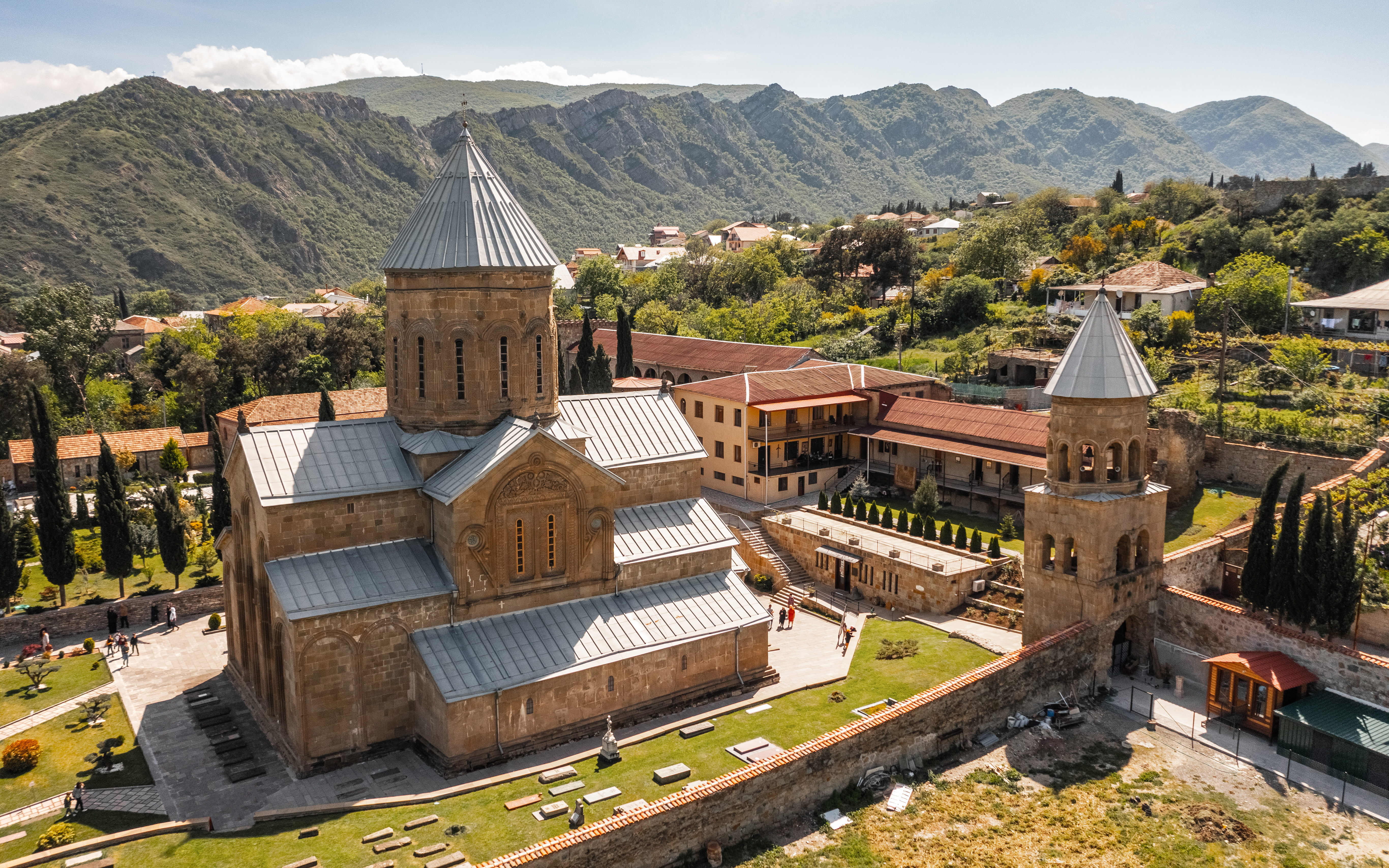
Just a short drive from the capital city of Tbilisi, Mtskheta is a sacred jewel nestled at the confluence of the Mtkvari and Aragvi rivers. As the ancient capital of the Kingdom of Iberia (a precursor to modern Georgia), Mtskheta holds immense historical and spiritual significance. It’s here that Christianity was first declared the state religion in the 4th century, and the city has remained the spiritual heart of Georgia ever since. Dominating the skyline is the majestic Svetitskhoveli Cathedral, a masterpiece of medieval architecture that has stood the test of time. Believed to be the burial site of Christ’s robe, the cathedral exudes a powerful sense of reverence and history. Equally striking is the Jvari Monastery, perched high above the city on a rocky hill, offering panoramic views of the valley below. This UNESCO World Heritage site is both a pilgrimage destination and a photographer’s dream, especially at sunset when the golden light bathes the landscape in warmth. Mtskheta’s charm also lies in its compact, walkable layout. Visitors can stroll through narrow streets lined with artisan shops, sip Georgian wine in family-run taverns, and experience the warmth of local hospitality. Despite its ancient roots, the city pulses with life—thanks to festivals, local crafts, and vibrant food markets that offer everything from freshly baked khachapuri to churchkhela, a traditional Georgian sweet. Mtskheta invites travelers to step back in time while connecting deeply with Georgia’s soul.
City Eighteen: The Windows of Berat, Albania
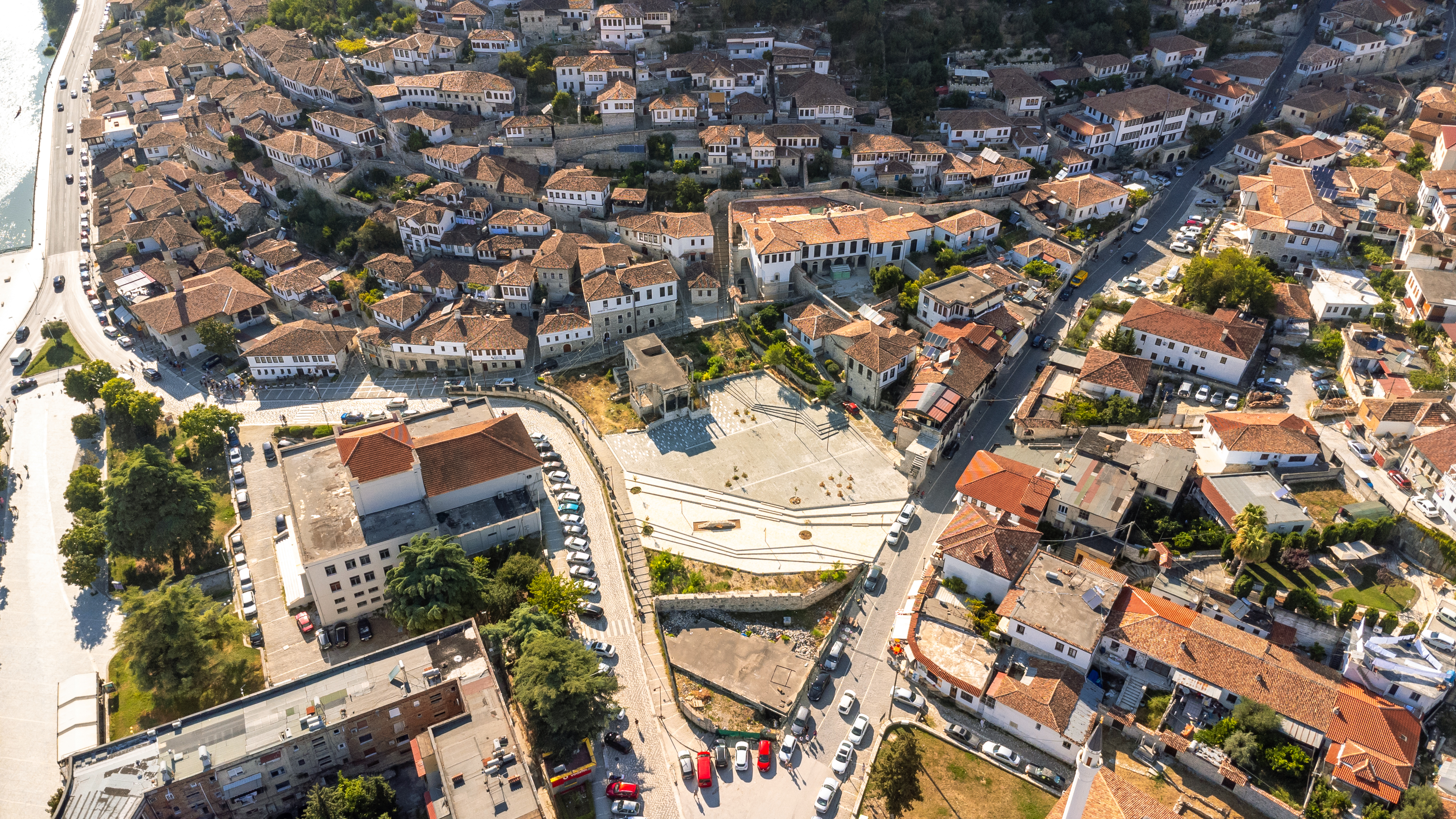
Berat, another of Albania’s UNESCO World Heritage gems, is a hidden city that radiates timeless charm. Known as the “City of a Thousand Windows” for the distinctive Ottoman-era houses stacked up the hillside, Berat is a masterpiece of traditional Balkan architecture. The ancient Kalaja (castle) still houses residents within its stone walls, creating a lived-in museum atmosphere where history meets everyday life. The blend of Orthodox churches and Islamic mosques underscores the city’s religious harmony and rich cultural tapestry. With its hilltop views, local wineries, and peaceful riverside promenades, Berat is a soulful destination ideal for slow, immersive travel.
City Nineteen: The Coastal Charms of Nafplio, Greece

Nafplio, gracefully perched on the Peloponnesian coast, is a city that perfectly blends seaside relaxation with historical depth. Often bypassed in favor of Greece’s more famous islands or bustling Athens, Nafplio rewards those who linger with its romantic charm and rich cultural layers. As the first capital of modern Greece, it has been shaped by a mosaic of civilizations—from Byzantines and Venetians to Ottomans and modern Greeks—each leaving behind their architectural and cultural mark. The result is a stunning array of neoclassical mansions, Venetian fortresses, and Ottoman fountains that give the city a unique and textured character. One of the most captivating features of Nafplio is the Palamidi Fortress, perched high above the city and offering breathtaking views over the red-tiled rooftops and the turquoise expanse of the Argolic Gulf. Below, the picturesque old town invites slow exploration with its flower-filled balconies, shaded squares, and boutique-lined lanes. The iconic Bourtzi Castle, set on a tiny island just offshore, adds a fairy-tale quality to the already stunning seascape and can be reached by a short boat ride. Visitors can enjoy leisurely seaside promenades, savor locally caught seafood at traditional tavernas, or explore nearby archaeological wonders like Mycenae and Epidaurus. With its harmonious blend of history, charm, and coastal allure, Nafplio is a hidden gem that deserves far more attention on the Greek travel map.
City Twenty: The Architectural Tapestry of Plovdiv, Bulgaria
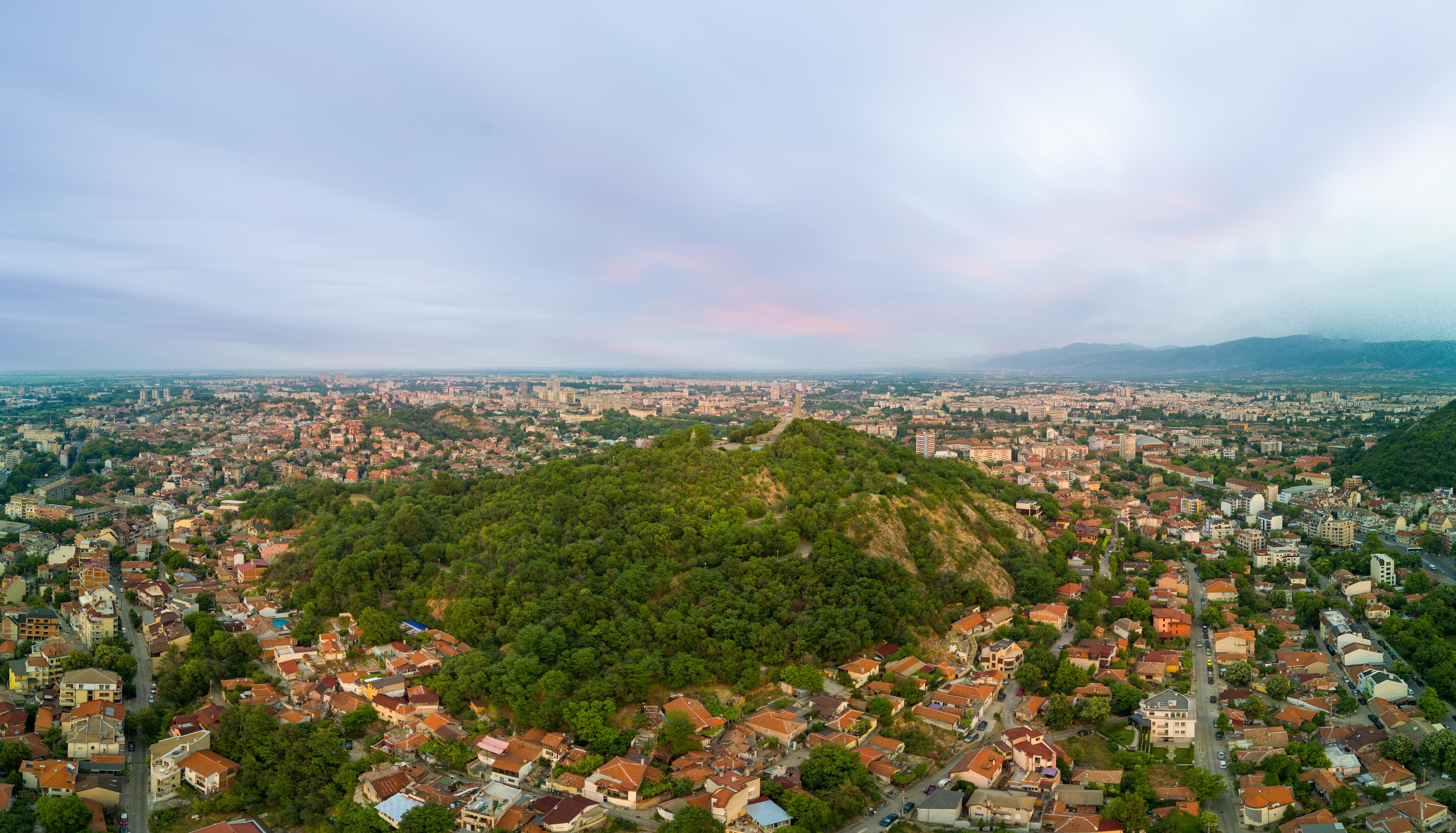
Plovdiv, one of Europe’s oldest continuously inhabited cities, is a living, breathing timeline of civilizations stacked atop one another. Situated in southern Bulgaria, this vibrant city is a showcase of over 8,000 years of human history—from ancient Thracian roots and Roman glory to Ottoman refinement and Bulgarian revival. Plovdiv’s Old Town is a masterpiece of preservation and atmosphere. Its winding cobblestone streets wind past elaborately painted 19th-century mansions, hidden courtyards, and hilltop viewpoints that reveal sweeping views of the city below. Every corner offers a portal into the past, whether it’s an Eastern Orthodox church ringing its bells or a craftsman carving wood using centuries-old techniques. At the heart of Plovdiv’s historical splendor is its remarkable Roman amphitheater, still in use today for concerts and performances. Nestled between two hills, it is one of the best-preserved Roman theaters in Europe and a symbol of the city’s enduring cultural vitality. Yet Plovdiv isn’t content to rest on its historical laurels. The Kapana district—a name that translates to “The Trap”—is a revitalized arts and innovation hub, filled with galleries, artisan boutiques, trendy cafes, and cultural spaces that buzz with creative energy day and night. Street festivals, open-air exhibitions, and experimental performances regularly bring the city to life, showcasing Plovdiv’s dynamic spirit. Whether you’re a history buff, architecture enthusiast, or cultural explorer, Plovdiv offers a captivating and deeply rewarding experience that seamlessly bridges the ancient and the contemporary.
City Twenty-One: The Serene Rivers of Kampot, Cambodia
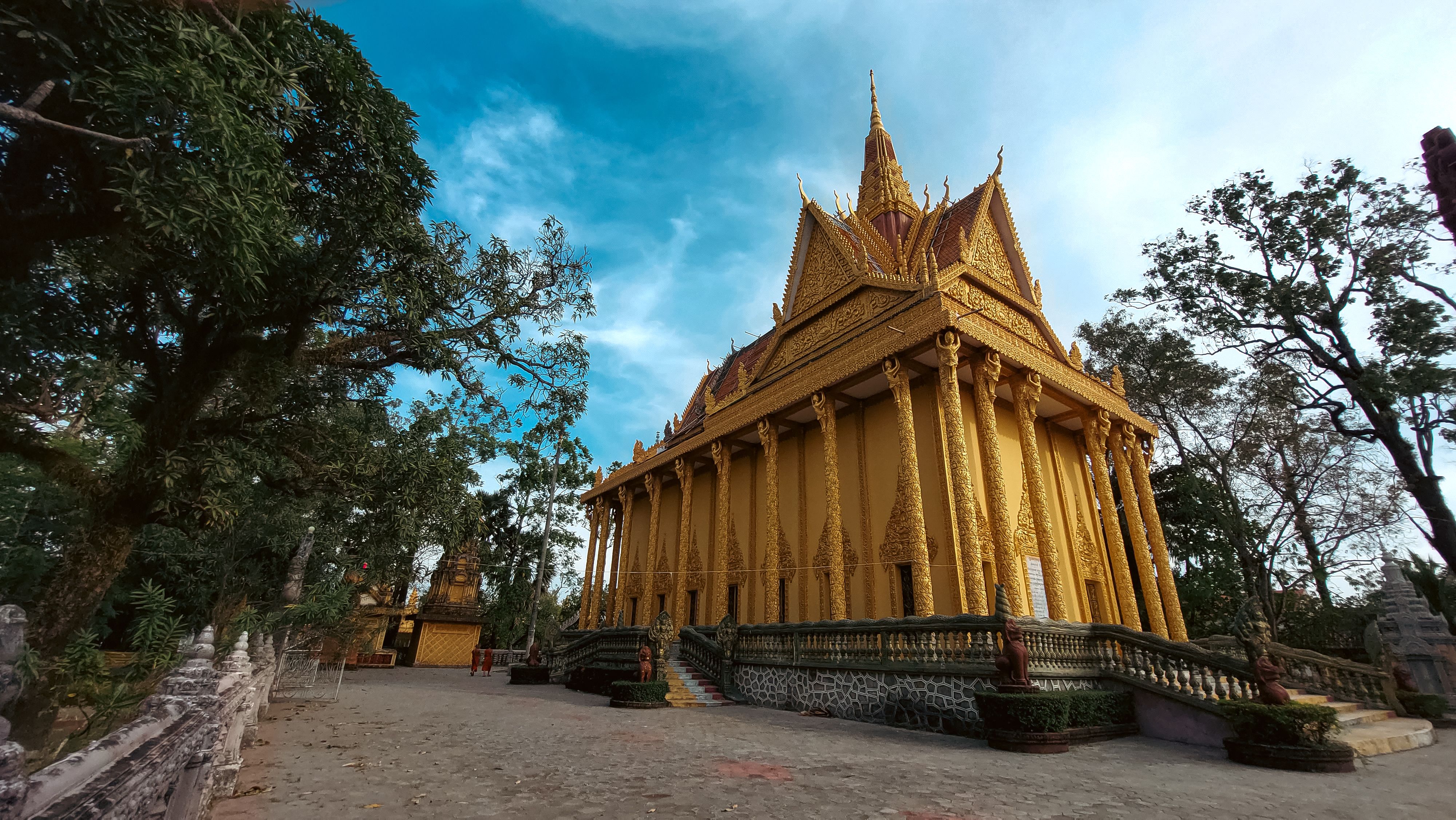
Tucked between mountains and the sea, Kampot is a peaceful riverside town in southern Cambodia that exudes vintage charm. Known for its crumbling French colonial architecture, pepper plantations, and relaxed pace of life, Kampot offers a quieter alternative to Cambodia’s more well-known destinations. Visitors can kayak along the Kampot River, explore nearby Bokor Hill Station's misty ruins, or sample fresh seafood at night markets. The town’s laid-back cafés, yoga studios, and boutique guesthouses make it a favorite among slow travelers and creatives. Kampot feels like Southeast Asia from another era—authentic, unhurried, and full of surprises.
City Twenty-Two: The Mountain Enchantment of Valparaíso, Chile
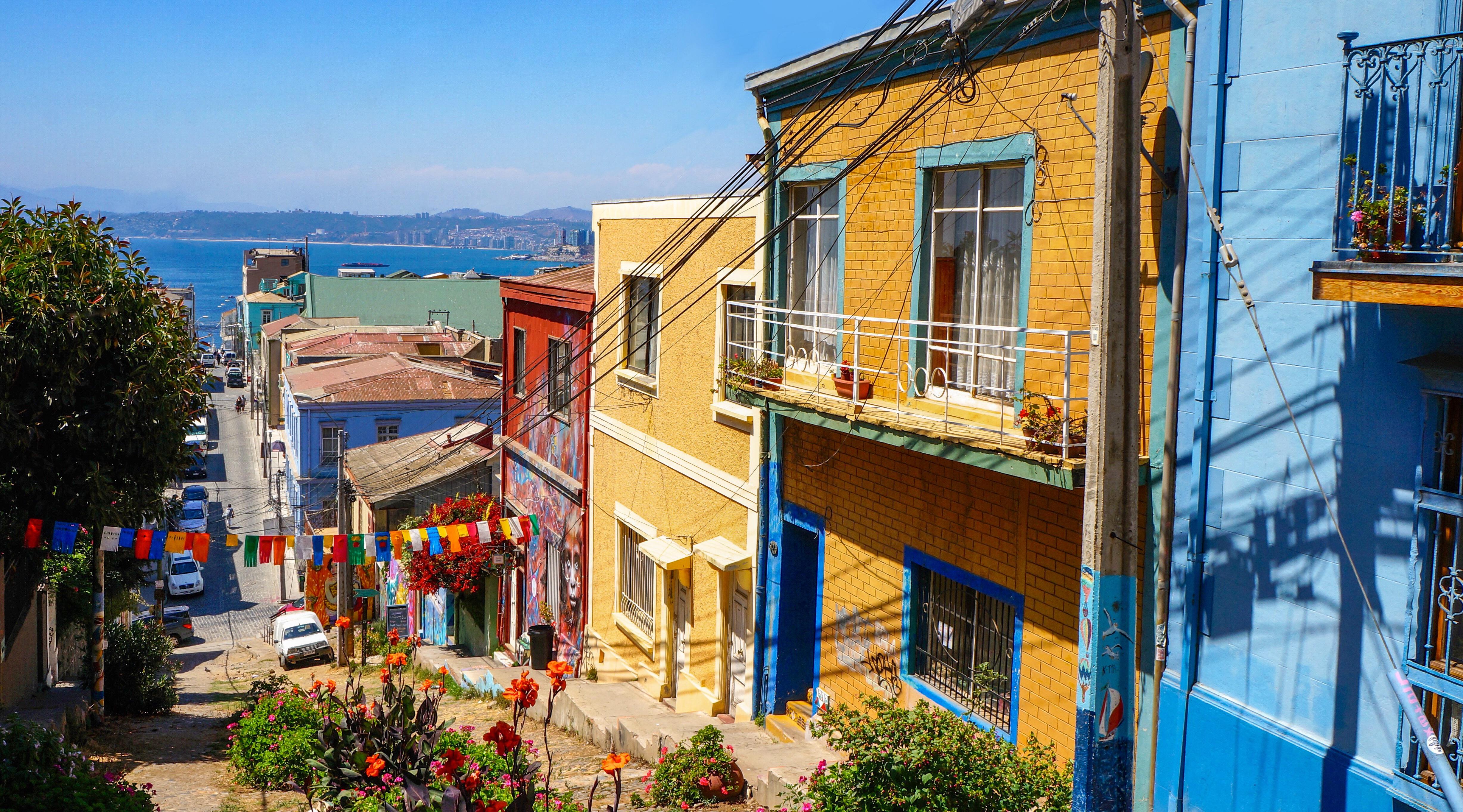
A riot of color sprawled across steep hills overlooking the Pacific Ocean, Valparaíso is a city that dances to its own rhythm. Often overshadowed by Santiago or Patagonia, Valparaíso—known locally as "Valpo"—is a living mural of street art, winding staircases, and bohemian spirit. Once a major South American port, the city has reinvented itself as a haven for artists, writers, and travelers drawn to its layered charm. Each of Valpo’s cerros (hills) reveals a different personality: from Cerro Alegre’s boutique guesthouses and vibrant murals to Cerro Concepción’s labyrinth of colorful homes and quirky cafés. The city's historic funiculars creak up steep inclines, offering breathtaking views of the harbor and the city’s kaleidoscopic rooftops. Declared a UNESCO World Heritage site, Valparaíso is both gritty and beautiful, poetic and real. It's a place to wander with no agenda—letting each painted wall, echoing alley, and ocean breeze pull you deeper into its spell.
City Twenty-Three: The Coastal Soul of Essaouira, Morocco
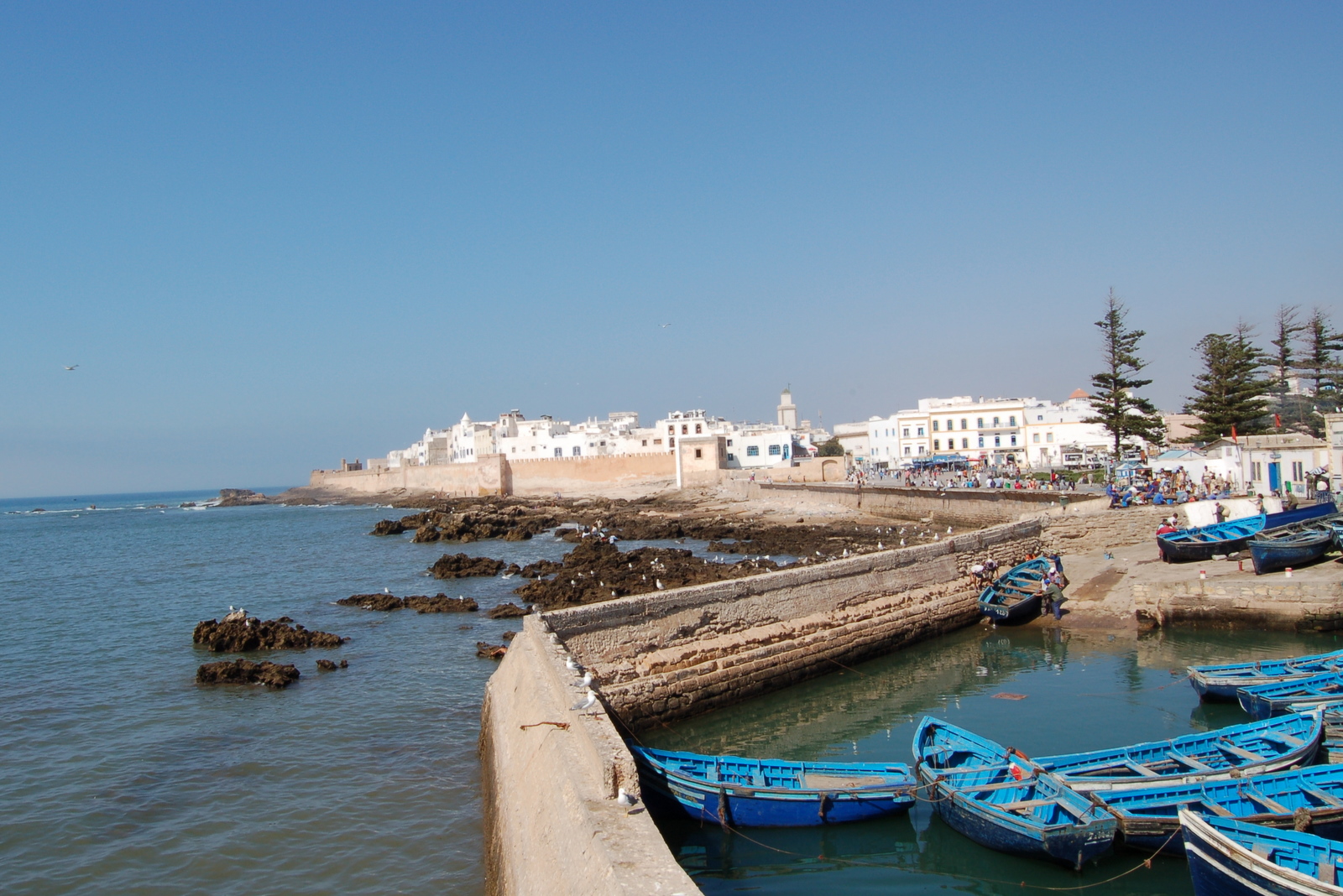
Windswept and endlessly photogenic, Essaouira sits quietly on Morocco’s Atlantic coast—its blue-and-white medina wrapped in sea air and centuries of maritime history. Once a favored haunt of Jimi Hendrix and Orson Welles, the city maintains its bohemian pulse beneath the surface of laid-back charm. Unlike the frenzy of Marrakech, Essaouira invites you to slow down: stroll its fortified ramparts, watch fishermen haul in their daily catch, and sip mint tea as gulls swoop overhead. The scent of grilled sardines fills the salty breeze, and gnawa music echoes through sun-drenched alleys. A haven for windsurfers and creatives alike, this is a place where rhythm replaces rush. Go now—before the secret’s fully out.
City Twenty-Four: The Alpine Grace of Annecy, France
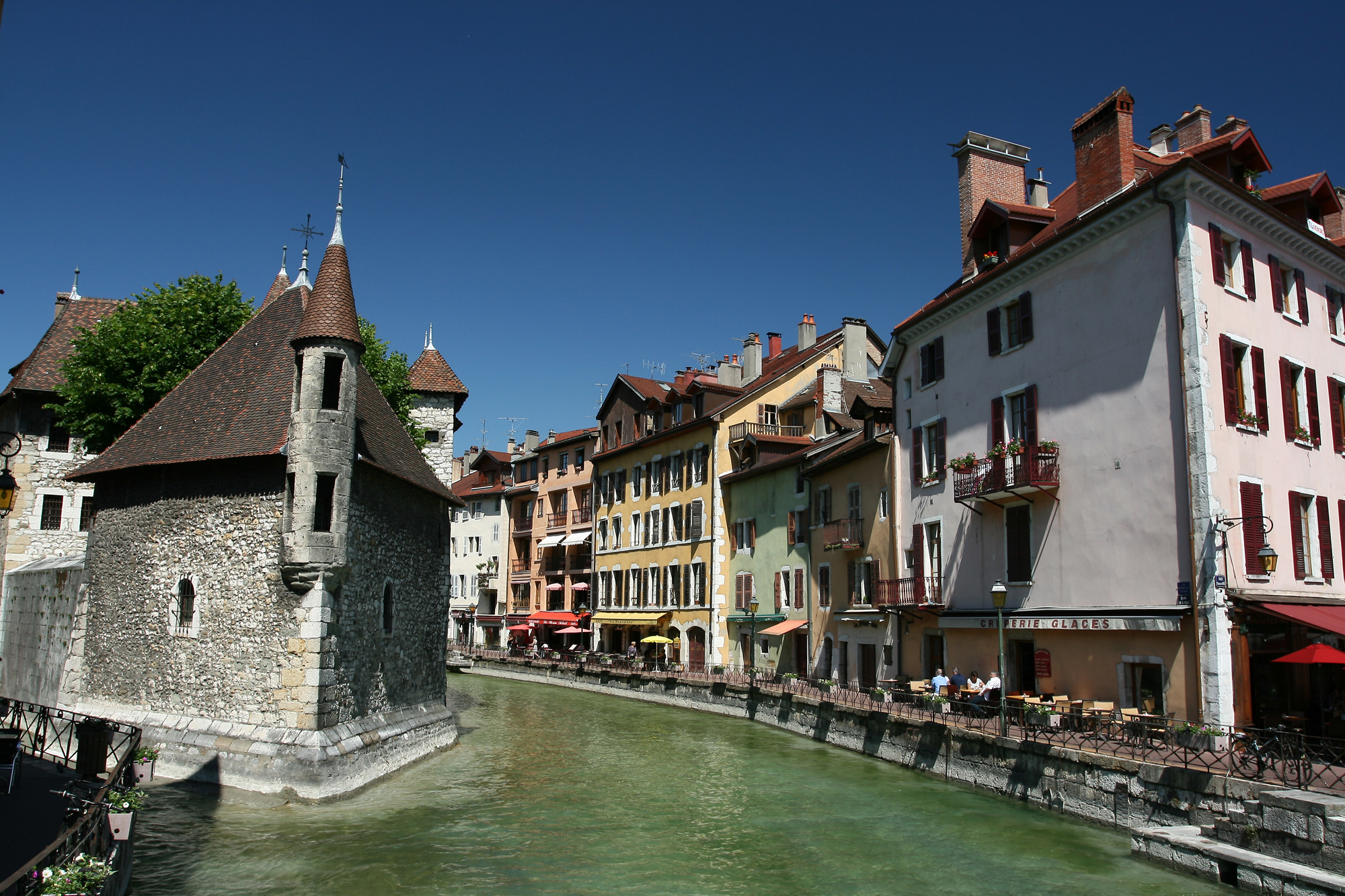
Cradled by snow-capped peaks and reflecting in the turquoise waters of its namesake lake, Annecy is often called the “Venice of the Alps”—but it deserves recognition on its own terms. Its canals wind through pastel-hued houses, flower-box balconies, and cobbled lanes that seem designed for aimless wonder. While Parisians flock to the Riviera, Annecy stays blissfully serene, with Alpine hikes, lakeside picnics, and slow boat rides setting the tone. The food scene here leans toward the decadent—local cheeses, charcuterie, and buttery tarts savored in quiet cafés. For travelers seeking nature, charm, and elegance with half the crowd, Annecy is pure magic.
City Twenty-Five: The Desert Stillness of Yazd, Iran
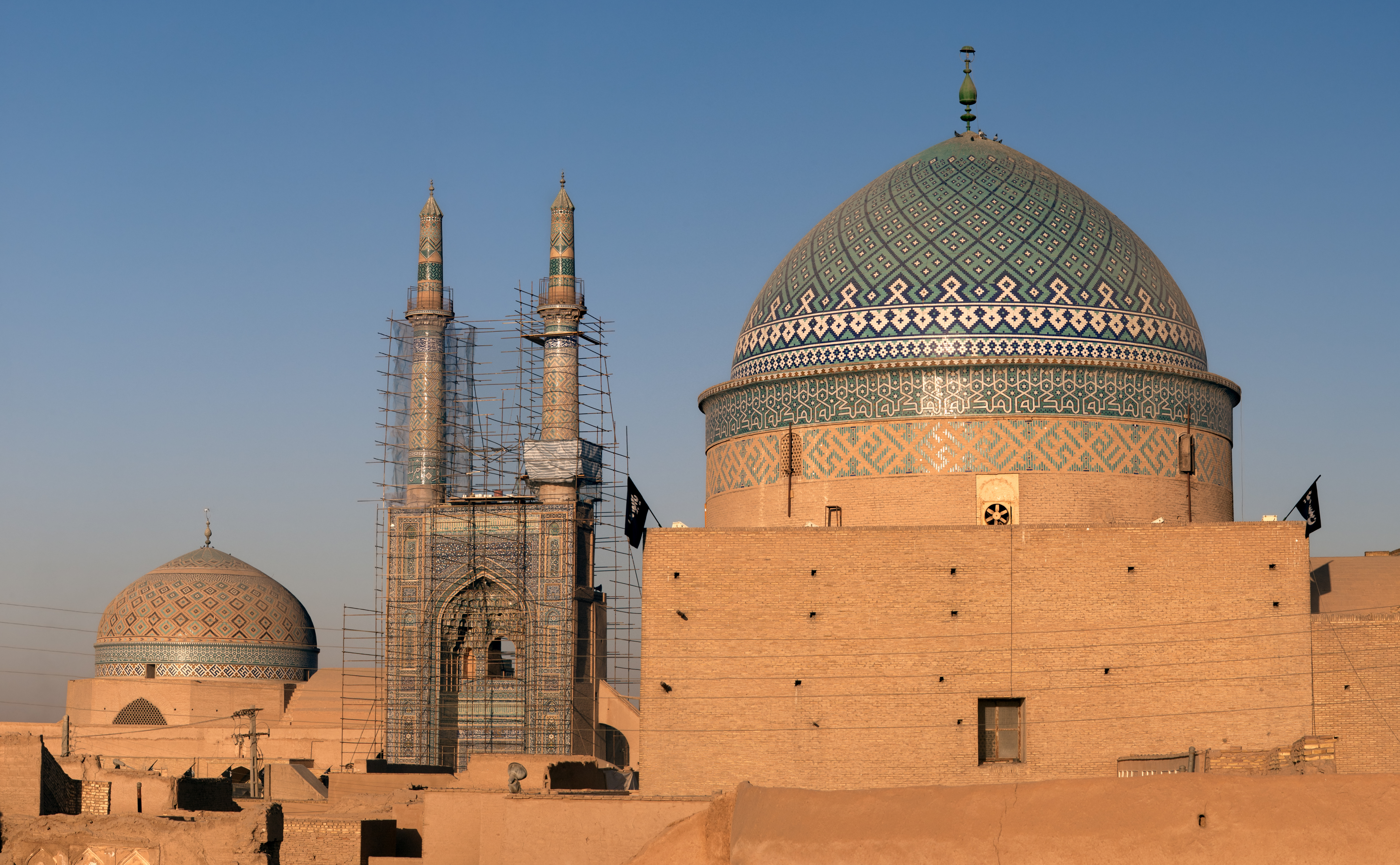
Yazd rises from Iran’s central plateau like a mirage—its mudbrick skyline dotted with graceful wind towers, its narrow alleys winding past ancient adobe homes. Known for its ingenious desert architecture and Zoroastrian heritage, Yazd is a city shaped by survival and spirit. The Jameh Mosque’s sapphire minarets pierce the golden haze, and rooftops offer unforgettable views of domes and distant mountains. Despite its age, Yazd hums with quiet life: local artisans, rooftop cafés, and vibrant bazaars that haven’t bowed to modern chaos. Far removed from the tourist trail, Yazd offers something rare—timelessness. It’s a place for the traveler, not the tourist.
City Twenty-Six: The Artistic Pulse of Lecce, Italy

Lecce is southern Italy’s best-kept secret—a baroque masterpiece bathed in golden limestone and kissed by the Apulian sun. While crowds rush north to Florence and Rome, Lecce lives slower, softer. Its historic center is an open-air gallery of ornate churches, palazzos, and intricately carved facades that seem to glow at dusk. Art and architecture are only part of the story: Lecce pulses with creativity, from modern design shops to avant-garde theater in ancient courtyards. Just beyond the city lie olive groves, vineyards, and quiet Adriatic beaches. This is where beauty, culture, and cucina povera combine into something effortlessly rich.
City Twenty-Seven: The Timeless Glow of Lviv, Ukraine
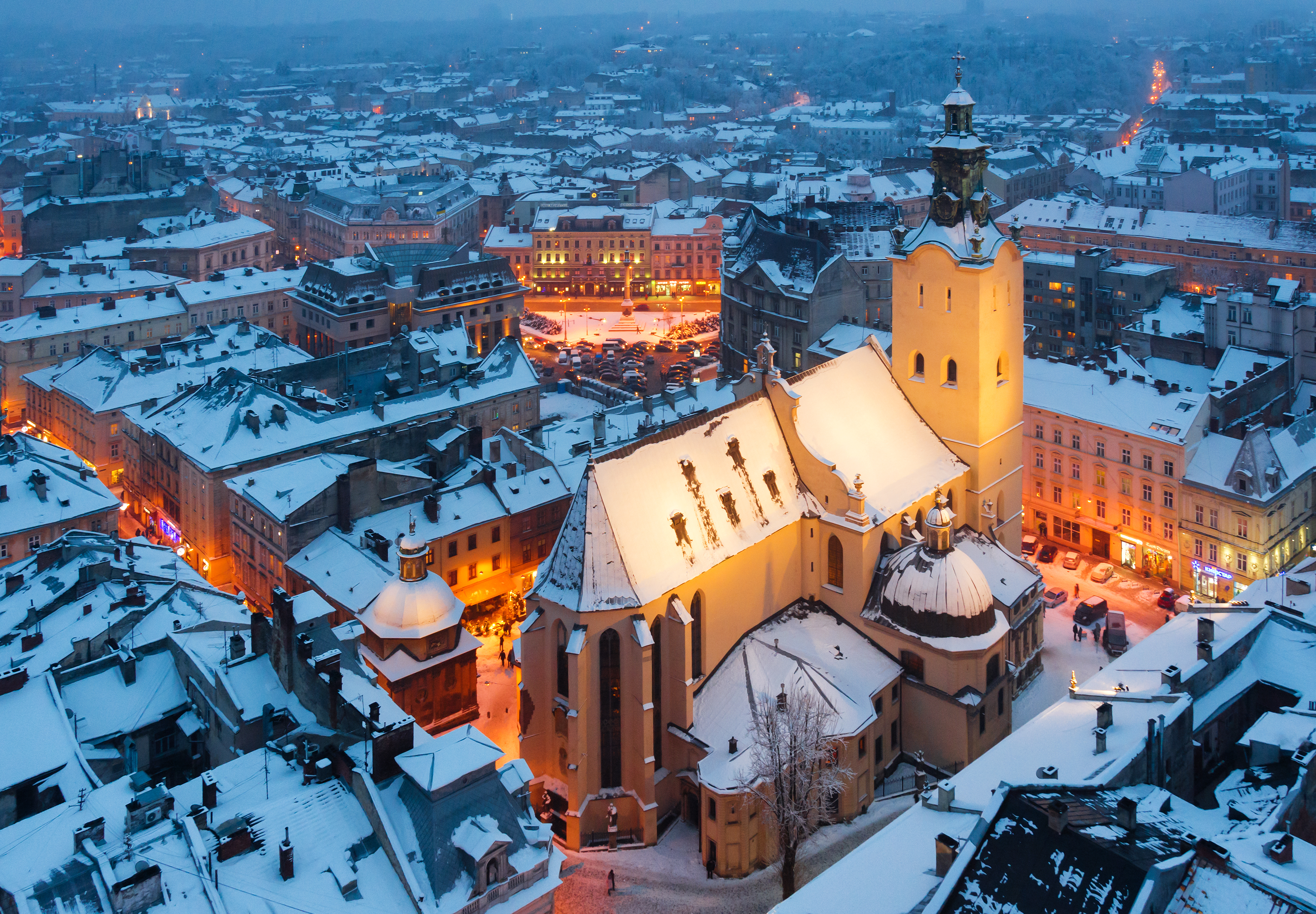
Lviv blends Old World elegance with Eastern European soul. Cobblestone streets meander past pastel buildings, secret courtyards, and grand cathedrals steeped in centuries of layered history—from Austro-Hungarian roots to Soviet shadows. It’s a city that feels literary, like a novel you wander through. Coffeehouses hum with conversation, jazz floats through underground bars, and bookstores spill onto sidewalks. Despite geopolitical headlines, Lviv remains warm and welcoming, fiercely proud of its culture and art. Far less visited than Prague or Kraków, it offers the same enchantment—minus the tour buses. Lviv is a living museum, a quiet revolution, and a storyteller’s dream.
City Twenty-Eight: The Volcanic Vibrance of Arequipa, Peru
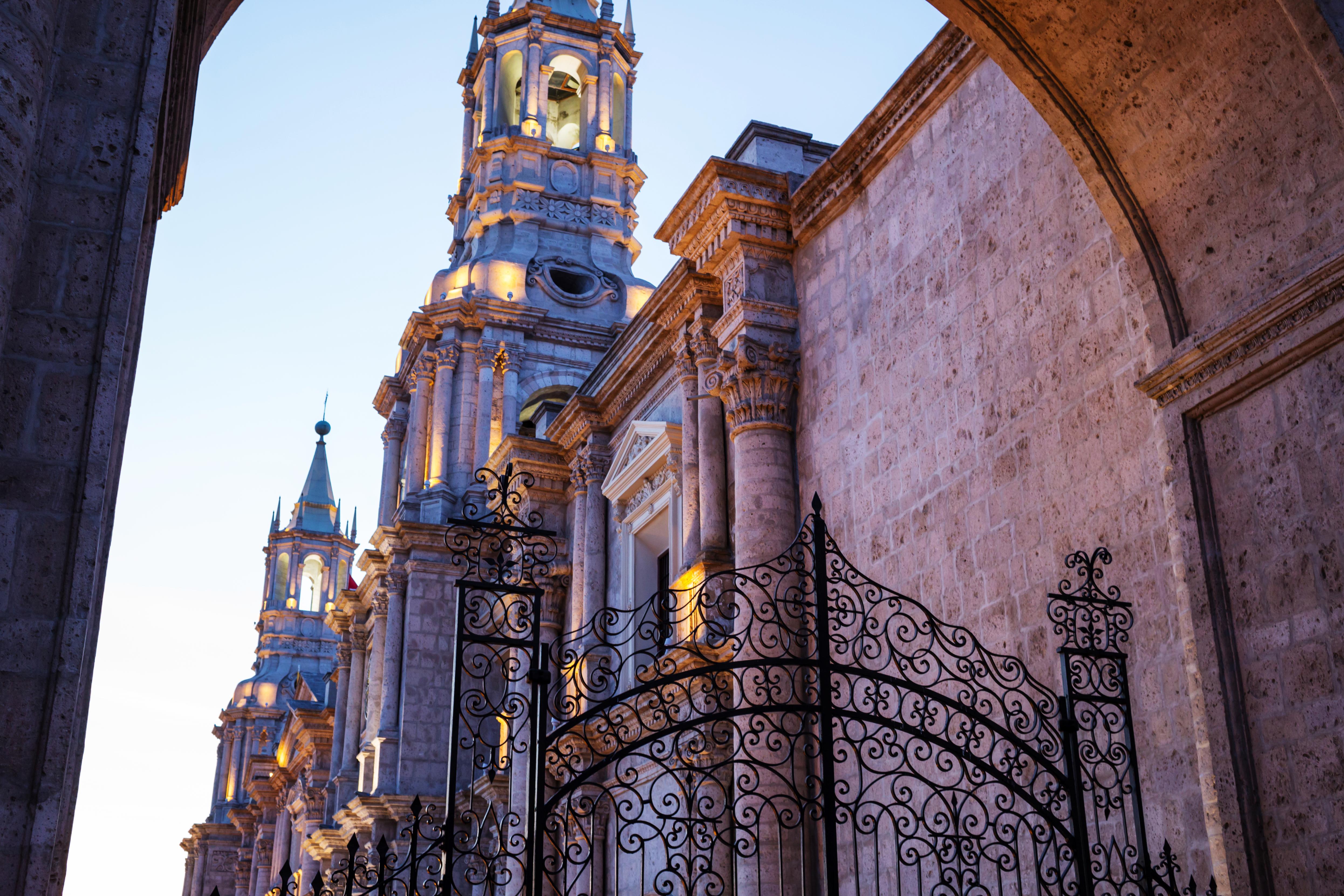
Framed by three dramatic volcanoes and built from pale volcanic stone, Arequipa is Peru’s unsung architectural jewel. Its white sillar buildings give the city an ethereal glow, especially at golden hour. The historic center—anchored by the majestic Santa Catalina Monastery—feels like a walled city within a city, brimming with secret alleys and courtyards. Arequipa’s food scene rivals Lima’s, thanks to its distinct regional dishes and deeply rooted culinary traditions. Quieter than Cusco, closer to Colca Canyon, and far more authentic than the tour-heavy Sacred Valley, Arequipa delivers the full Peruvian experience—minus the crowds.
City Twenty-Nine: The Secluded Splendor of Hoi An, Vietnam
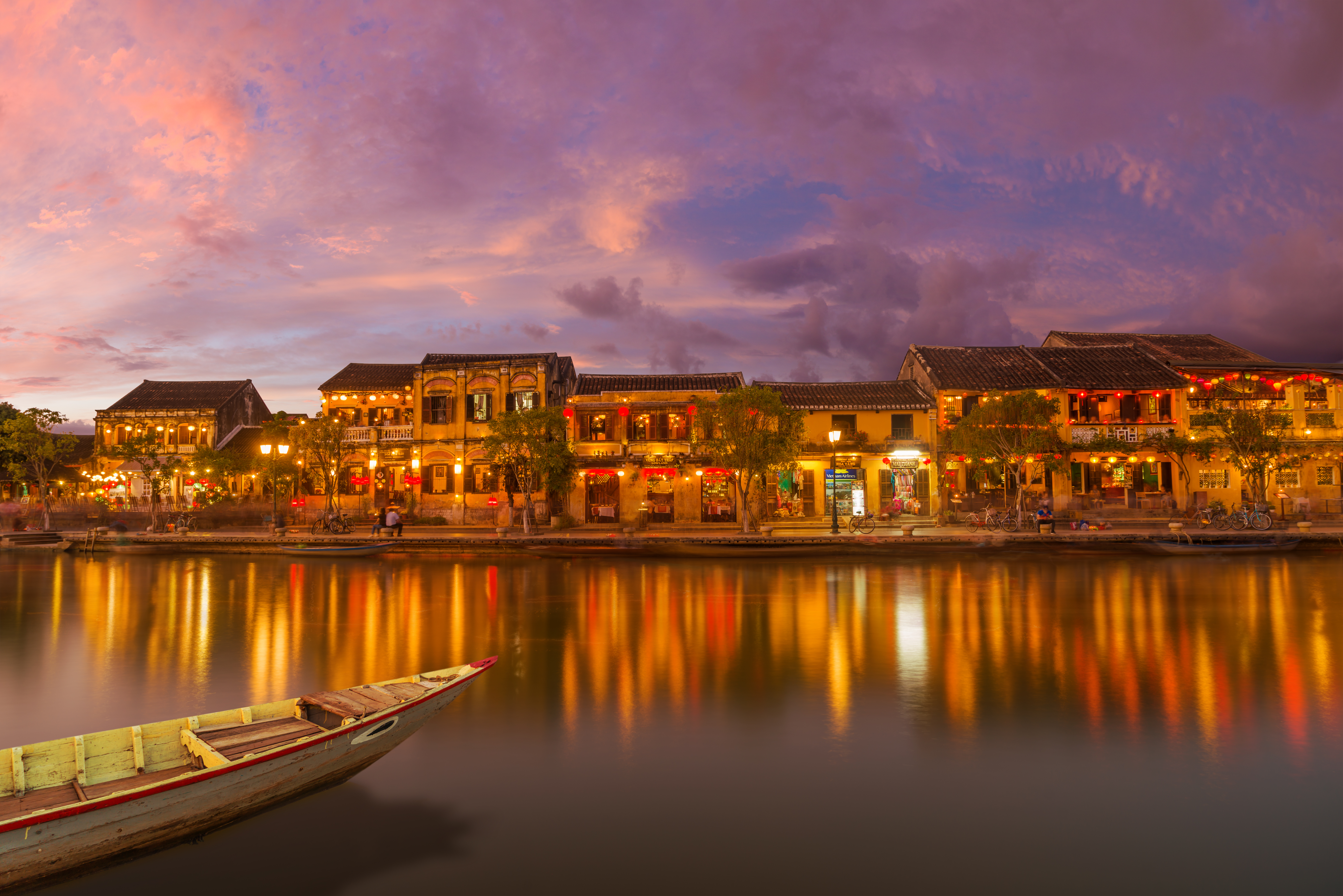
Hoi An may shimmer faintly on travel radar, but its depth still goes largely overlooked. This lantern-lit town along Vietnam’s central coast blends Chinese, Japanese, and French colonial heritage into one of Southeast Asia’s most atmospheric destinations. Its old town—closed to motorbikes—is a dream to wander, full of tailor shops, tea houses, and ancient bridges. At dusk, candles float down the Thu Bon River in a hush of soft light. Just outside, you’ll find rice paddies, pristine beaches, and culinary classes that draw from generations of Central Vietnamese tradition. Go before it becomes more postcard than place.
City Thirty: The Baltic Grace of Kaunas, Lithuania
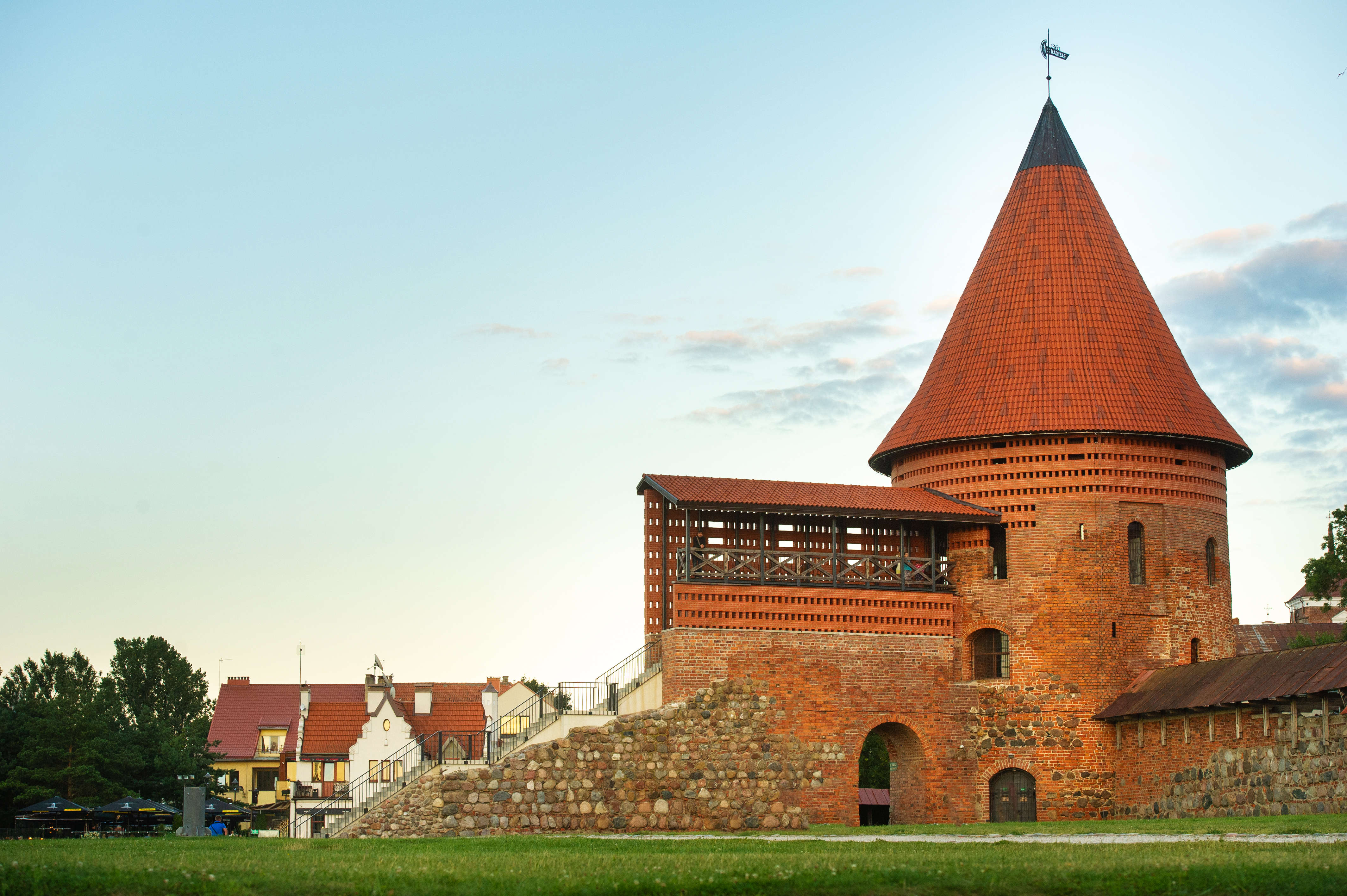
Often overshadowed by Vilnius, Kaunas is a quietly compelling city where modernist architecture meets medieval charm. Its walkable old town is a maze of Gothic churches, leafy courtyards, and whimsical street art—while its interwar buildings are earning UNESCO recognition for their avant-garde style. Kaunas pulses with student energy, thanks to its university roots, but still holds tight to its cultural heritage, with open-air festivals, riverside promenades, and folk music echoing through cobblestone alleys. As Lithuania’s 2022 Capital of Culture, Kaunas is stepping confidently into the spotlight—but for now, it remains one of Europe’s best-kept cultural secrets.
City Thirty-One: The Terracotta Soul of Bhaktapur, Nepal
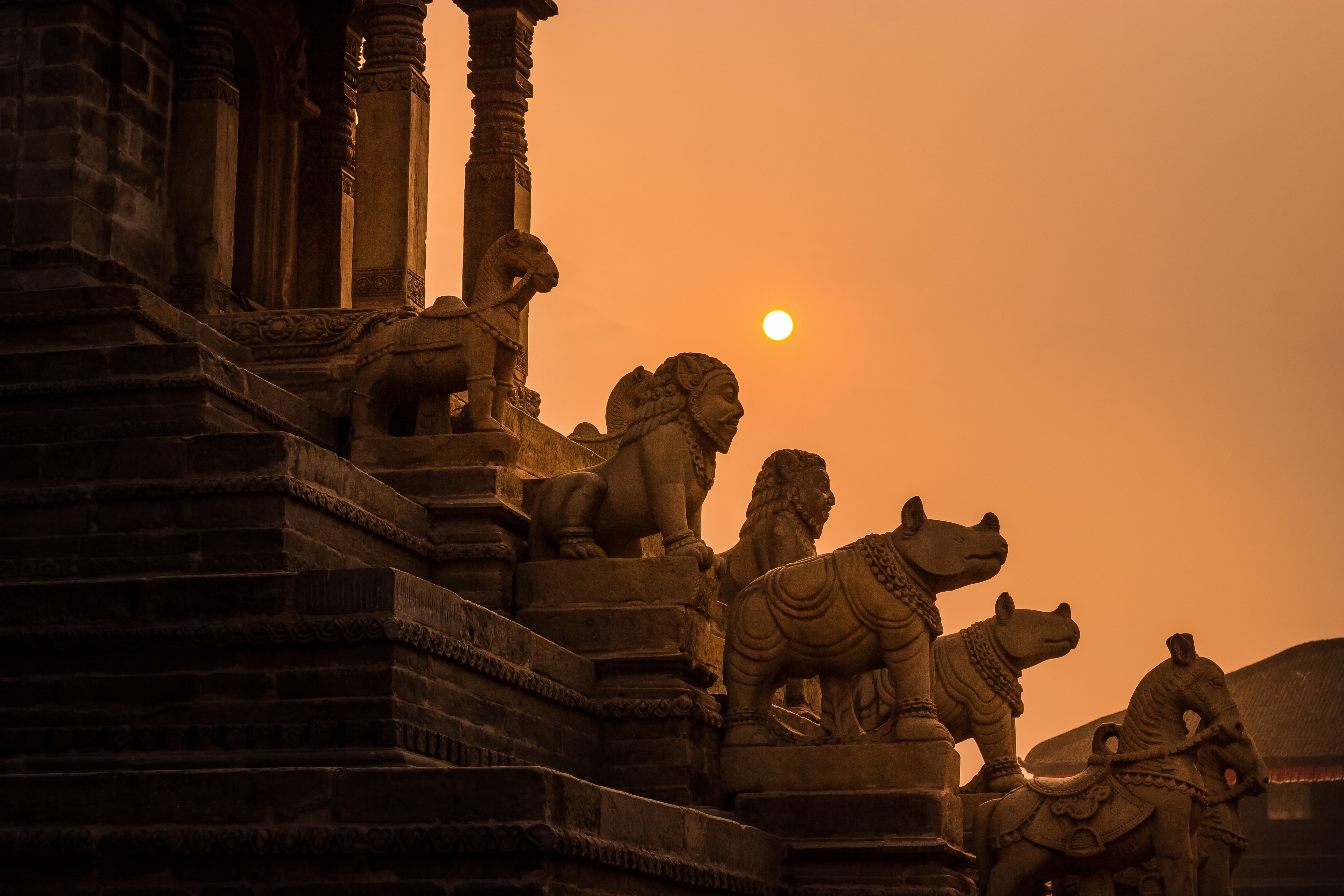
Bhaktapur is Kathmandu’s quieter, better-preserved sibling—a living museum of medieval Nepalese architecture, carved wooden windows, and timeless spirituality. Free of the traffic chaos that plagues the capital, Bhaktapur offers a more immersive, less diluted experience. Its Durbar Square is a feast of temples, statues, and royal courtyards, and the scent of clay and incense wafts through its narrow lanes. Potters spin their wheels in sunlit squares, and kids chase kites across terraced rooftops. Rebuilt with care after the 2015 earthquake, Bhaktapur still feels authentic, sacred, and profoundly local—exactly the kind of place to visit before the world rediscovers it.
City Thirty-Two: The Moorish Soul of Cáceres, Spain

A labyrinth of stone walls, medieval towers, and hidden plazas, Cáceres feels like a city trapped in time. Tucked in Spain’s Extremadura region, it’s one of the best-preserved medieval towns in Europe—and yet blissfully free from tourist throngs. The Old Town, a UNESCO World Heritage site, is a cinematic backdrop of Roman, Islamic, and Renaissance influences—so striking it’s been used as a set for Game of Thrones. But beyond the grandeur, you’ll find a thriving tapas culture, ancient olive groves, and locals who still greet each other in the narrow lanes. It’s Spain—raw, regal, and unfiltered.
City Thirty-Three: The Steepled Stillness of Sibiu, Romania
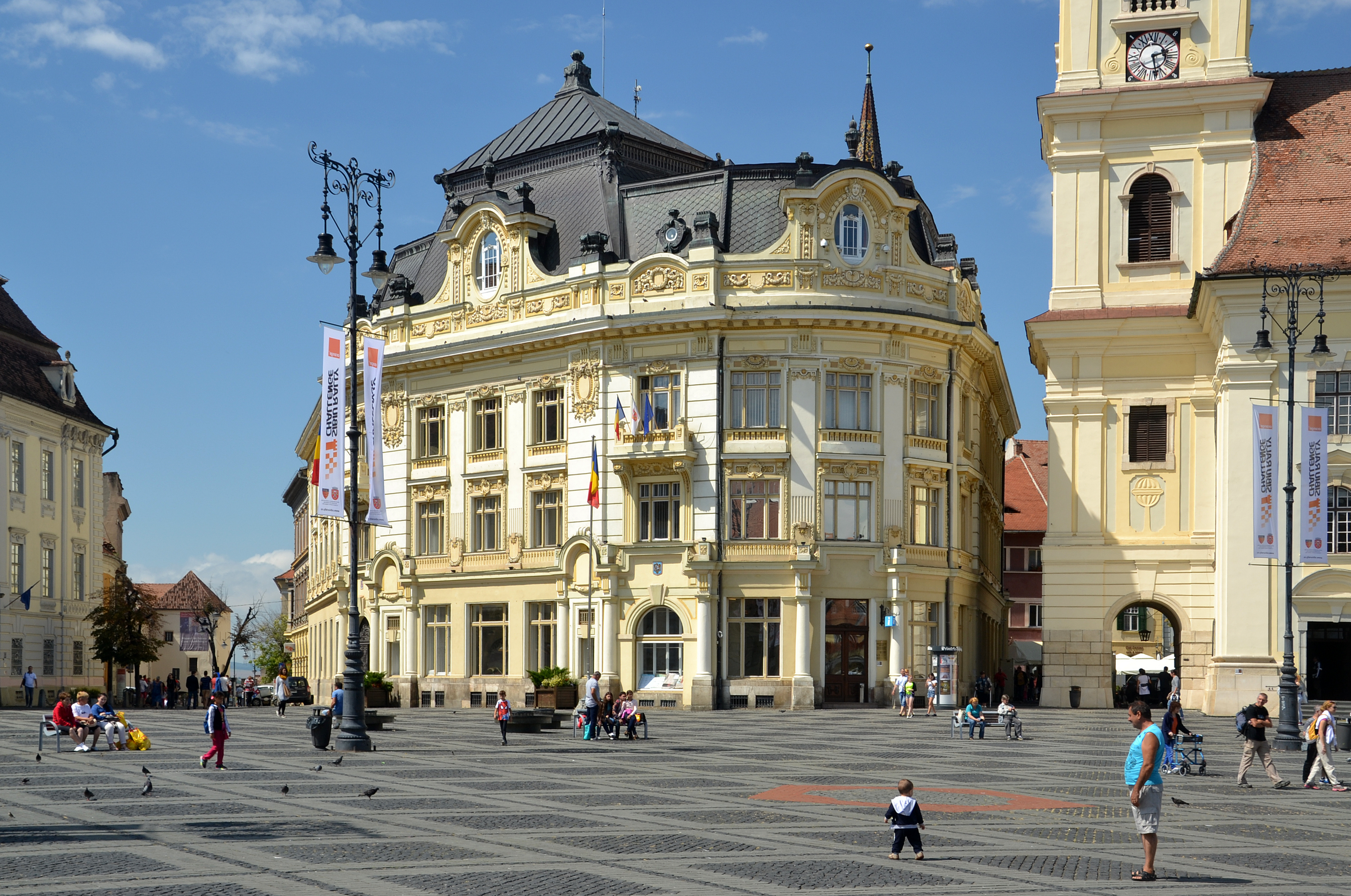
Tucked in the heart of Transylvania, Sibiu offers a gothic hush and storybook stillness that few cities can replicate. Its eyes—literally—are everywhere: the dormer windows of Baroque buildings give the sensation that the city is watching, remembering. Once a major Saxon trading post, Sibiu’s grandeur remains intact in its sprawling Grand Square, pastel façades, and the imposing Lutheran Cathedral that dominates the skyline. Beyond the architecture, there's a soulfulness here—seen in quiet bookshops, smoky jazz cellars, and the nearby forest trails of the Cindrel Mountains. It’s a place to get lost in history, and find yourself in silence.
City Thirty-Four: The Earthen Majesty of Ksar el-Kebir, Morocco

Far from the typical Moroccan circuits lies Ksar el-Kebir, a quiet town steeped in Berber, Roman, and Andalusian legacy. Its charm isn’t loud—it’s baked into the ochre-walled medina, whispered in prayer calls echoing over palm groves, and simmered into slow-cooked tagines served in family-run cafés. Nearby, the Loukkos River meanders through olive-studded fields, offering tranquil escapes for birdwatchers and daydreamers alike. Though little-known to travelers, Ksar el-Kebir played a pivotal role in Moroccan history, home to the decisive Battle of the Three Kings. Today, it stands not as a spectacle but a sanctuary—for those who crave depth over drama.
City Thirty-Five: The Cliffside Stillness of Monemvasia, Greece
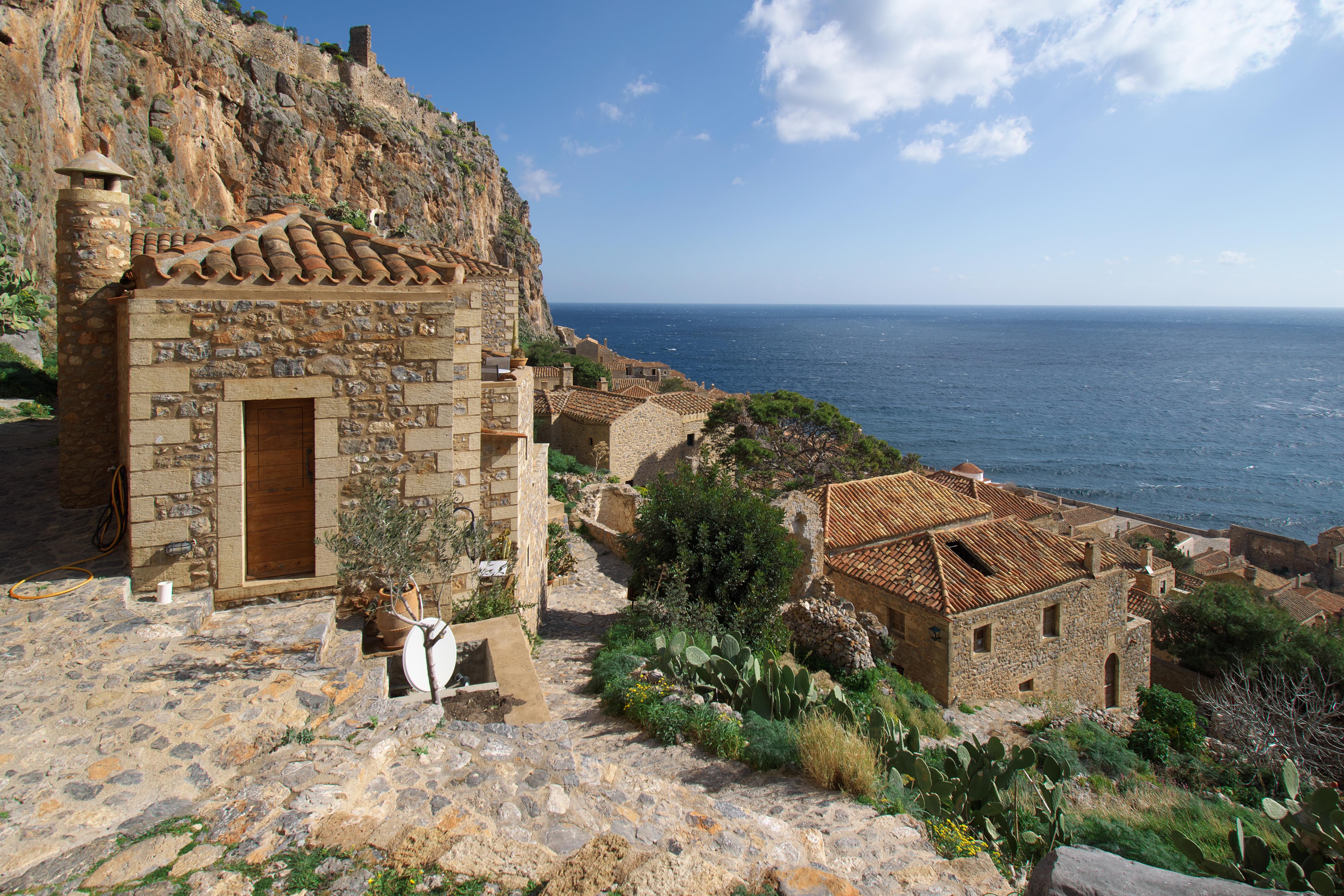
Jutting from the Peloponnesian coast like a stone ship adrift in time, Monemvasia is a medieval fortress town carved into a rock. Hidden from view until you cross its causeway, the town unfurls into a warren of Byzantine lanes, crumbling churches, and bougainvillea-draped archways. Life here moves in whispers: the clink of glasses at a cliffside taverna, the brush of sea wind through olive trees, the echo of footsteps on cobblestone. Once a Byzantine trading hub, it’s now a place of spiritual stillness and slow living. Monemvasia isn’t just off the beaten path—it’s in another century entirely.
City Thirty-Six: The Forested Poise of Suwałki, Poland
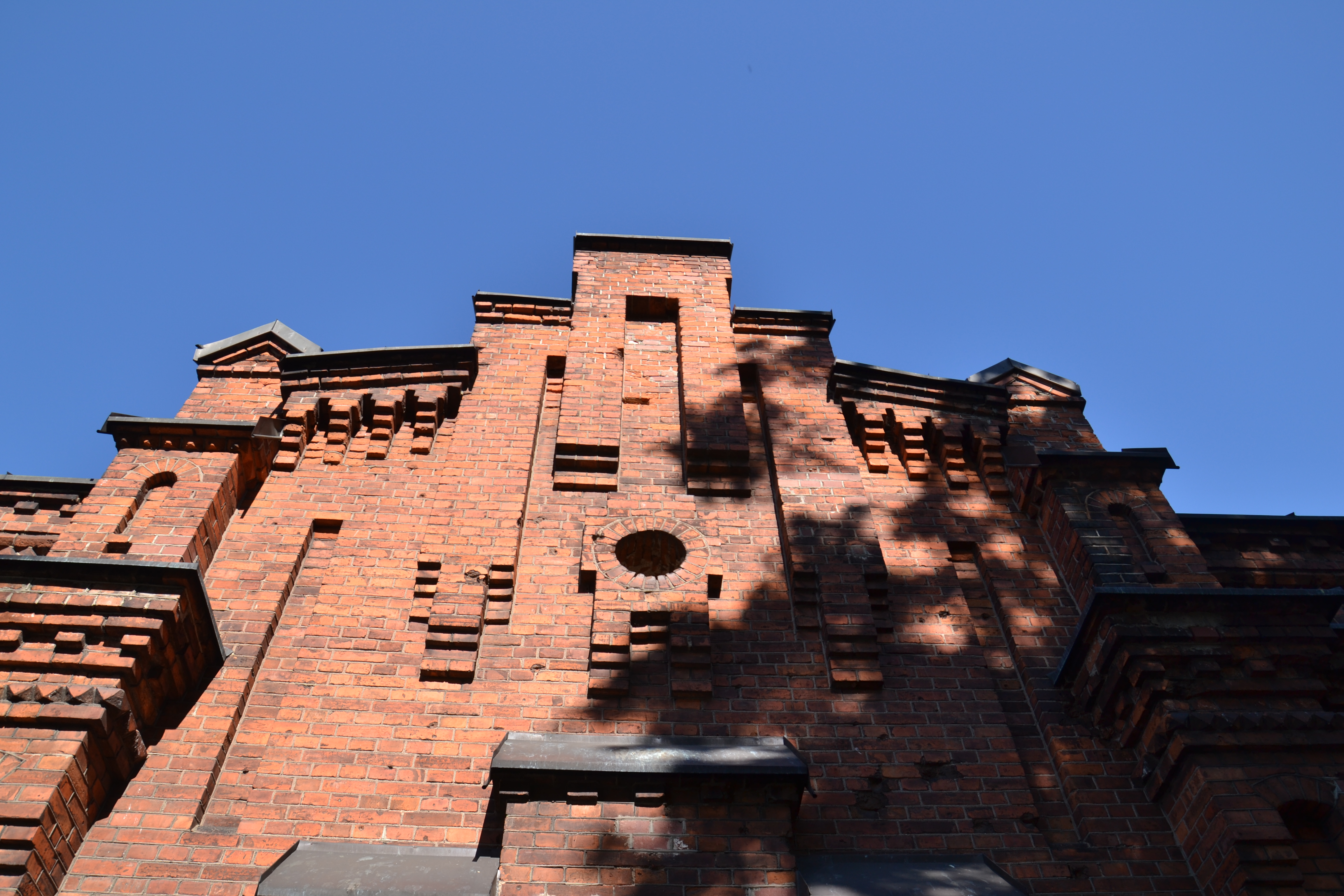
Northeastern Poland’s best-kept secret, Suwałki is a serene city edged by primeval forests, crystalline lakes, and shifting skies. Often bypassed for Kraków or Warsaw, it offers a different kind of magic—one born of quiet resilience and nature’s raw beauty. The nearby Suwałki Landscape Park is a haven of glacial hills, peat bogs, and dark green silence. In town, neoclassical façades glow gold at dusk, and local bakeries hum with the scent of makowiec and rye. Suwałki invites you to trade Instagrammable chaos for a deeper kind of peace—one that lingers long after you leave.
City Thirty-Seven: The Wind-Washed Shores of Piran, Slovenia
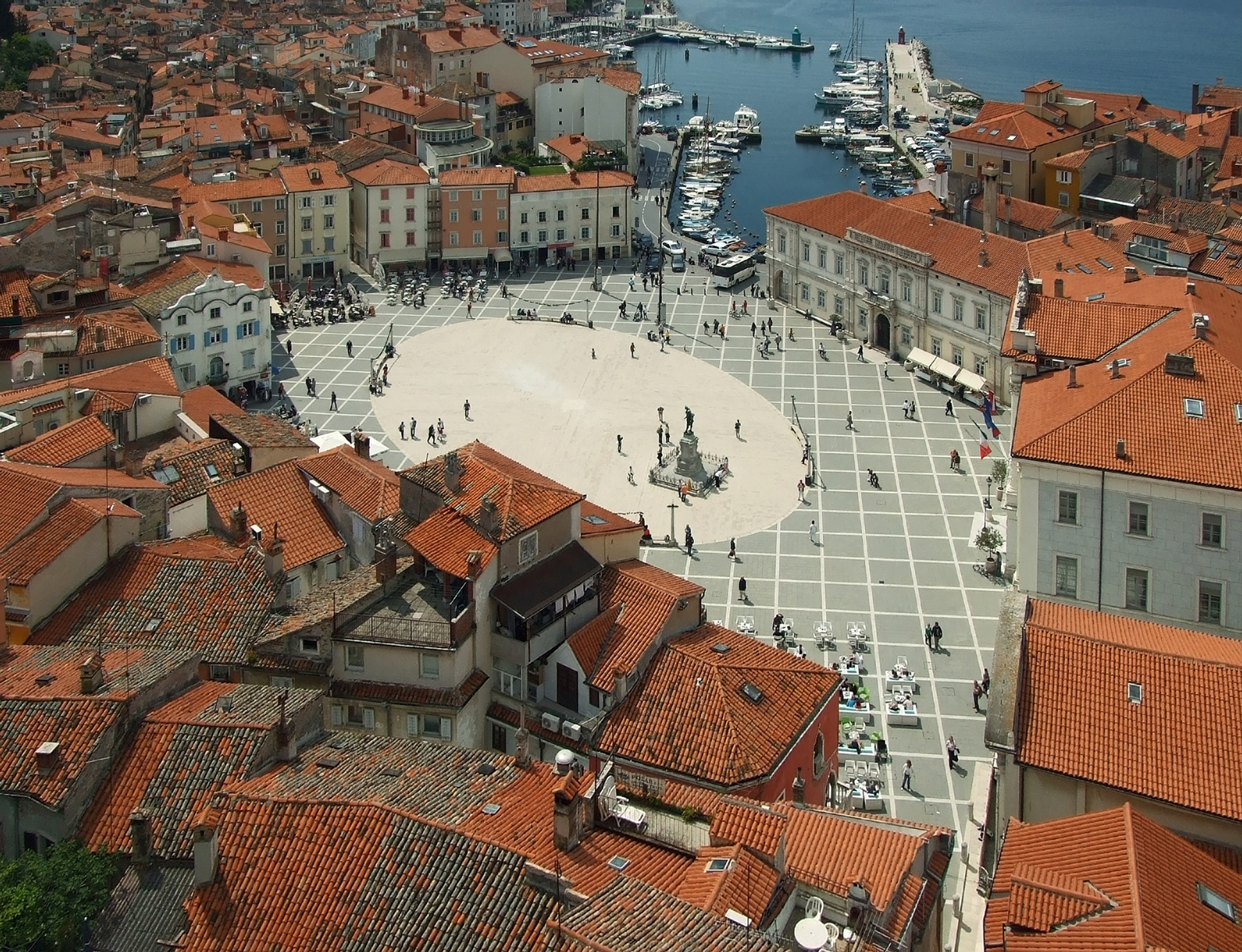
Slovenia’s best-kept coastal secret, Piran is a wedge of Venetian elegance jutting into the Adriatic. Its car-free old town is a labyrinth of coral rooftops, sun-bleached stone, and narrow alleys that spill into wide sea views. Here, time is marked by the toll of the St. George bell tower, the laughter of children on the promenade, and the clatter of fresh seafood plates on terrace tables. Unlike neighboring Croatia’s packed coastlines, Piran still whispers. It’s a place where the air tastes of salt and history, and where golden hour turns the whole town into a watercolor painting.
Go Before the Gloss—Travel While It’s Still True
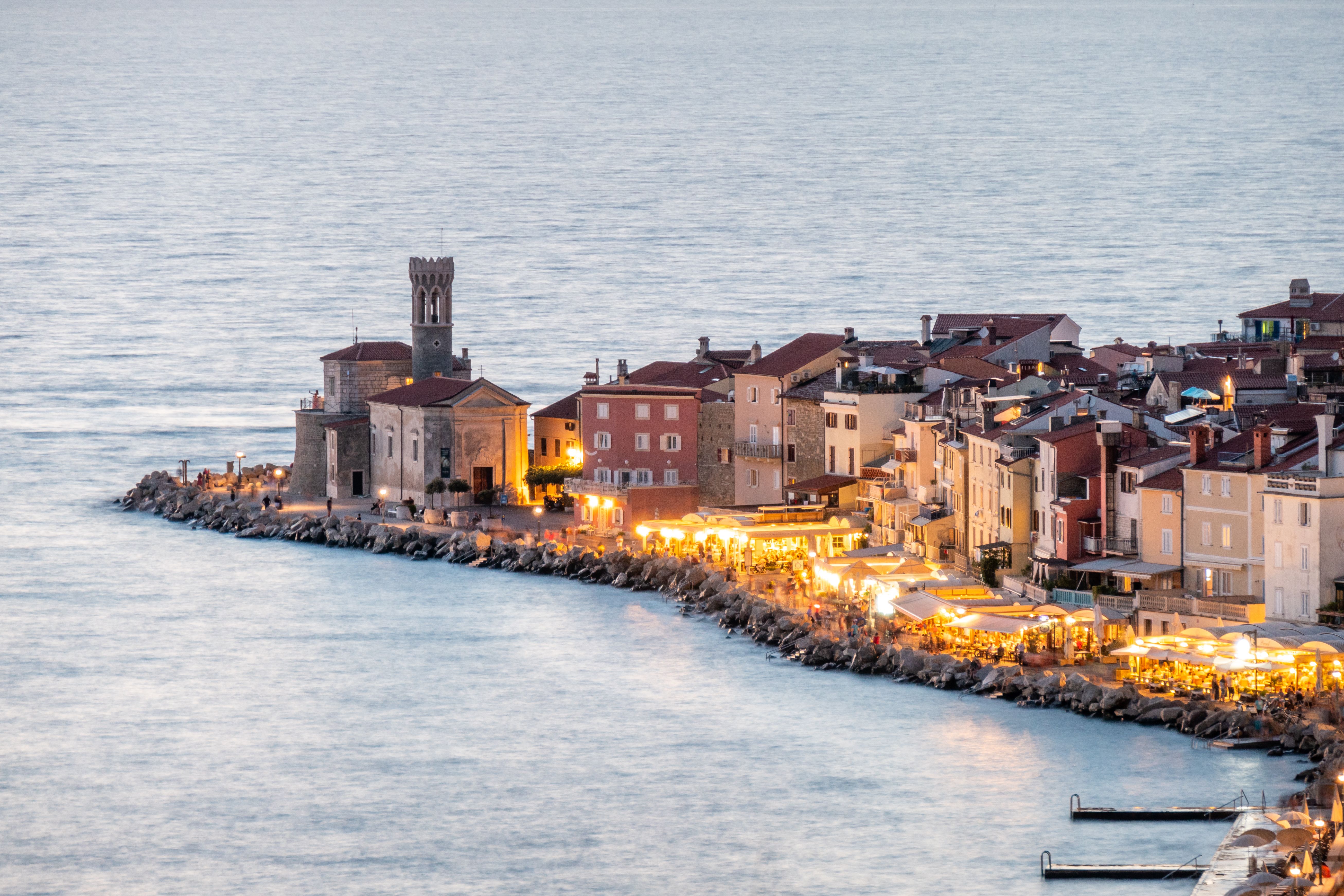
Before the influencer reels roll in and boutique hotels rebrand the soul out of these cities, go. Go while the colors are still sun-faded, not filter-enhanced. While locals still wave because they mean it, not because they’ve been trained to. These places—these beautiful, unpolished, deeply human cities—hold something the big-name hotspots have lost: authenticity. They aren’t waiting for fame; they’re waiting for you to arrive curious, not entitled. Because the real magic of travel isn’t in ticking off famous sights—it’s in stumbling across a bakery at dusk, in hearing stories in a language you don’t speak, in leaving a piece of yourself somewhere no one expected you to be. The world will catch on soon enough. But for now, you’re early. And in travel—as in life—that makes all the difference. So go quietly, go gratefully, and most of all… go now.

